Las
Nietas de Nonó PORTFOLIO
The afro-diasporic siblings, mulowayi and mapenzi are Las Nietas de Nonó. In their creative process, they evoke ancestral memory through personal archives. Their practice incorporates performance, found objects, organic materials, ecology, fiction, video and installation.
In 2022, their solo show, Posibles Escenarios, Vol. 1 LNN was presented at Artists Space, New York. They created Ilustraciones de la Mecánica in 2016 - a multimedia installation that was later commissioned by the 10th Berlin Biennale (2018) and the 79th Whitney Biennial (2019). They have received the Latinx Artist Fellowship from the US Latinx Art Forum (2022), the Rome Prize in Visual Art from the American Academy in Rome (2022), the United States Artist Award (2018), The Art of Change from the Ford Foundation (2017), and the Global Arts Fund from the Astraea Lesbian Foundation for Justice (2017 & 2020). Their art has been shown in Haiti, Cuba, the Dominican Republic, Puerto Rico, Ecuador, England, Germany, Italy, Norway, Scotland, and the United States.
In 2019, they co-founded Parceleras Afrocaribenas, an organization run by Black womxn, where spaces for environmental and racial justice are created in the face of industrial developments that threaten their barrio of San Antón, in Carolina, Puerto Rico.
“There were some moments of tension, frustration, and sadness. If you spend 28 days in the same geographical area, food starts running out and possibilities continue to shrink. The relationship between physical effort and hunger, and all of your senses, start to change; you’re more present in your surroundings. As someone who observes her surroundings, which is another technology I use in my practice, I could take note of how observation can be mastered and how food can be found in places where in another context I would never have thought to find it. Your brain works differently. Collecting food is an active meditation that I developed and strengthened along with my smell and taste. Hunting is a powerful, arduous action, and through it I questioned everything that modernity, along with capitalism, has deprived us of. If we had to hunt to provide ourselves with all the meat we eat daily, there’d be no time for other tasks. And along with that, there are all the environmental implications for the livestock industry. Hunting in order to eat is an act of resistance, but it is also a skill; sometimes I wonder if, along with gathering wild plants, I would do it to sustain myself for seasons on end. I am still unsure whether my evolution would depend on this action. When I turned to hunting, it came very organically to me. Really, I thought I already knew how to do it. Certainly it’s integrated into my epigenetic information. I still have a few ethical questions about this issue.” mulowayi iyaye nonó
“We grew up in a culture of healing grandmothers. Our grandmother was a healer and her practice manifested in a highly theatrical ritualized form, developed from a creative space and with improvisational energy. In my childhood, traditional healing saved my life. I was a child who got sick a lot, and thanks to the signs of the cross, plant concoctions, and baths, I could get through these illnesses. These cures impressed me because they contained a fascinating scenic element, the deployment of objects, body movement, spectators giving proof of the healing, storytelling. Elements that form part of our imaginations are present in our practice—as, for example, the possibility of reaching catharsis through repetition and movement. Ritual is present in our practice, and because of this we have been able to continue the legacy of healing in correspondence with our contemporaneity.” mapenzi chibale nonó statement
Posibles Escenarios Vol. 1 LNN, 2022
Artists Space, New York
Solo exhibition
Installation environments & performances
“Posibles Escenarios, Vol. 1 LNN is a grouping of newly commissioned multimedia works that extend Las Nietas’s explorations of themes such as processes of expropriation and colonial violence against Black communities and the development of microhistories in relation to geopolitics. Throughout Artists Space’s ground floor, a series of interconnected abstract, biomorphic mixed-media installations prompts visceral, emotional, and sensory responses—the largest of which is a biodegradable installation entitled Sala Portal Omi. Made of SCOBY (symbiotic culture of bacteria and yeast)—the fermentation discs that develop during the production of kombucha—the installation creates what the artist calls “a restorative place for healing.” Believing that performative manifestations are vehicles to unveil silenced histories, it will double as a stage for a new theatrical performance premiering October 27-30.
Entering the main gallery of the polymorphous exhibition, visitors travel through a set of possible scenarios populated by plants, experimental sound, and film. Utilizing scene shifting—a theatrical technique used to indicate a change of locale—Las Nietas approach the exhibition much like an album tracklist, cycling through organic materials and the sound of rapid beats, rhythmic rap songs, and natural melodies to archive nature’s vibrations in the midst of displacement caused by the legacy of colonialism and the current climate crisis... The exhibition as a whole can be read as a set of discursive platforms that reflect on issues of ecology, land, food autonomy, and to strategize about modes of survival and recovery.”
- Danielle A. Jackon
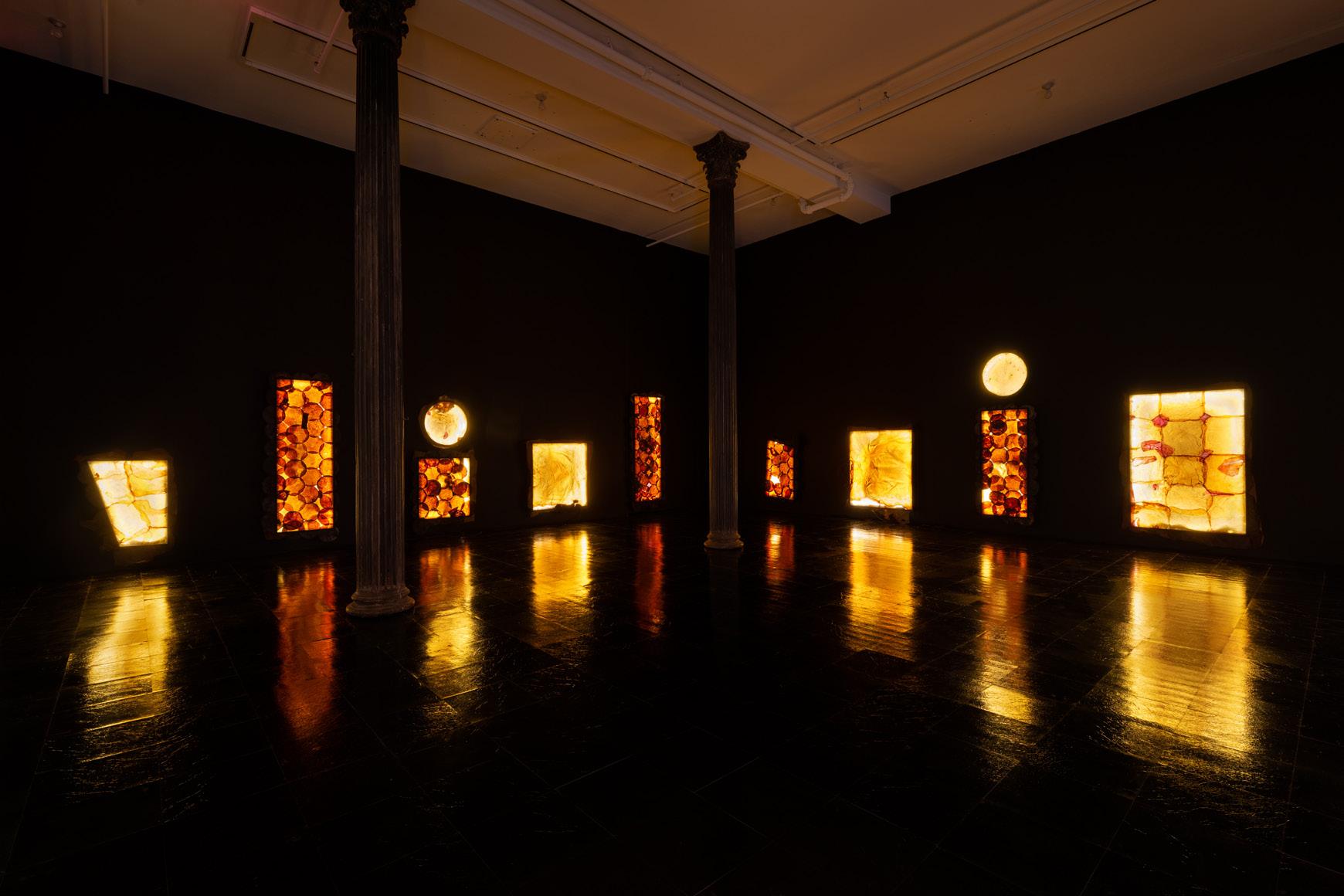
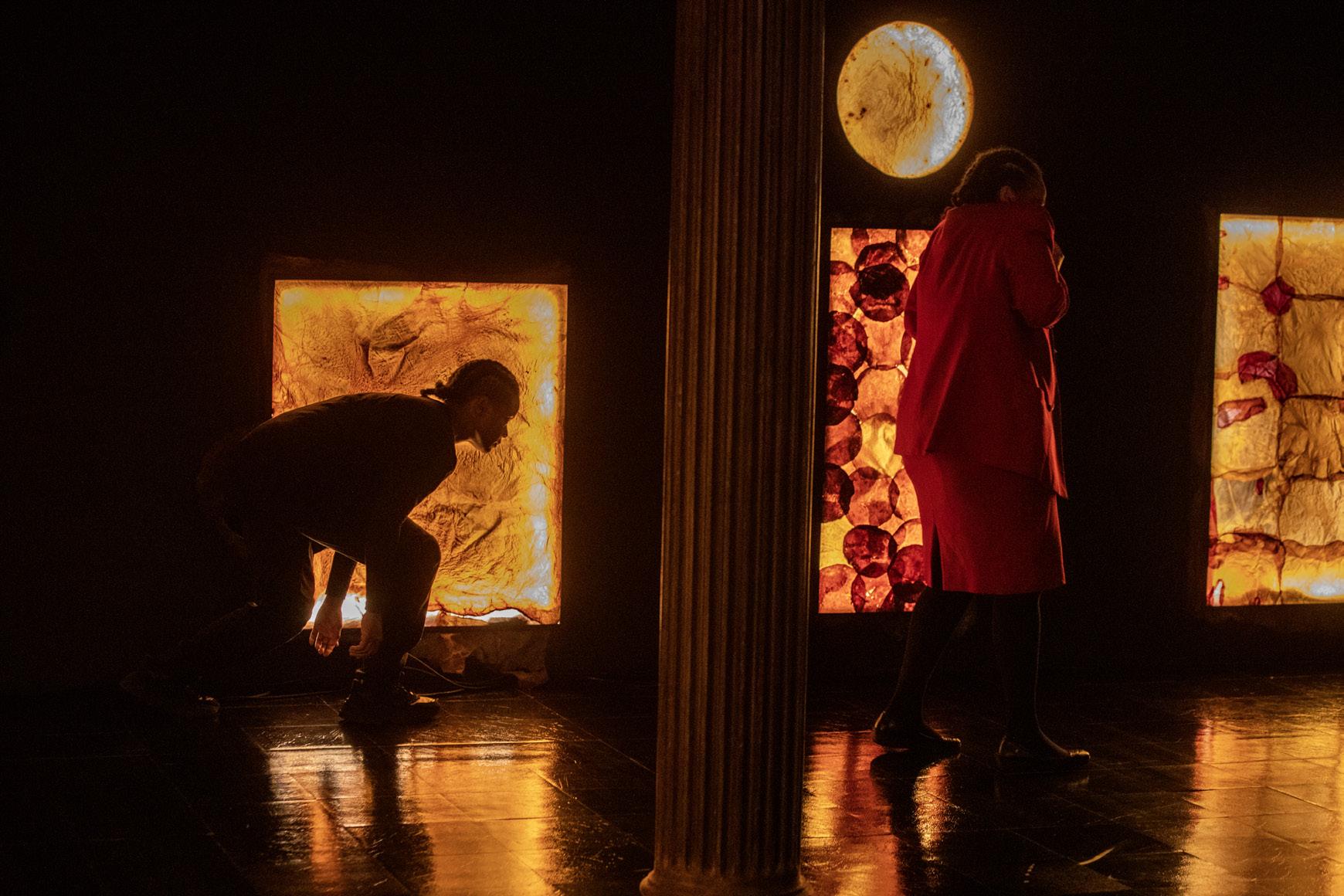 Sala Portal Omi, 2022 mixed media environment (top) Photograph © Filip Wolak (bottom) Photograph © Destiny Mata
Sala Portal Omi, 2022 mixed media environment (top) Photograph © Filip Wolak (bottom) Photograph © Destiny Mata
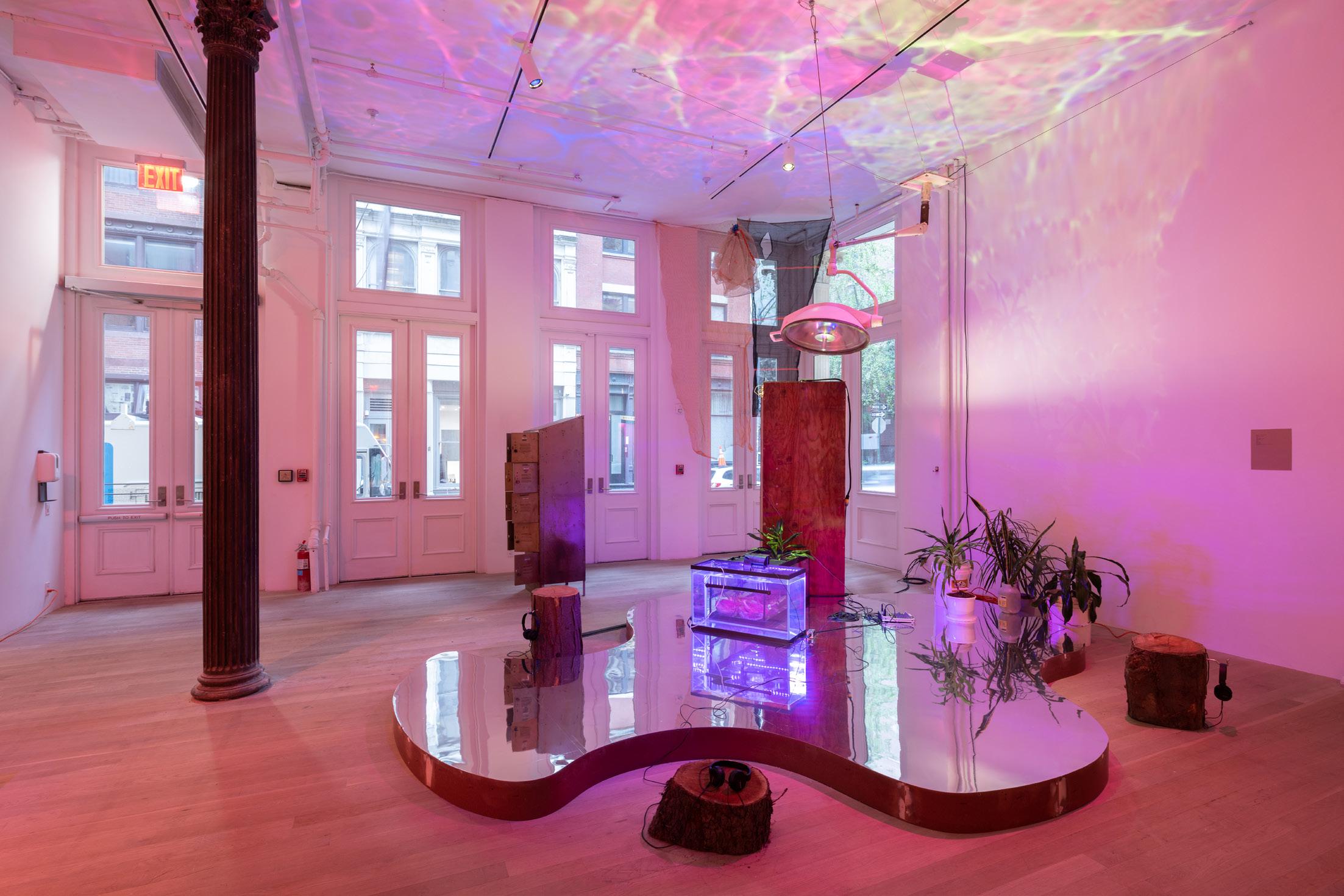
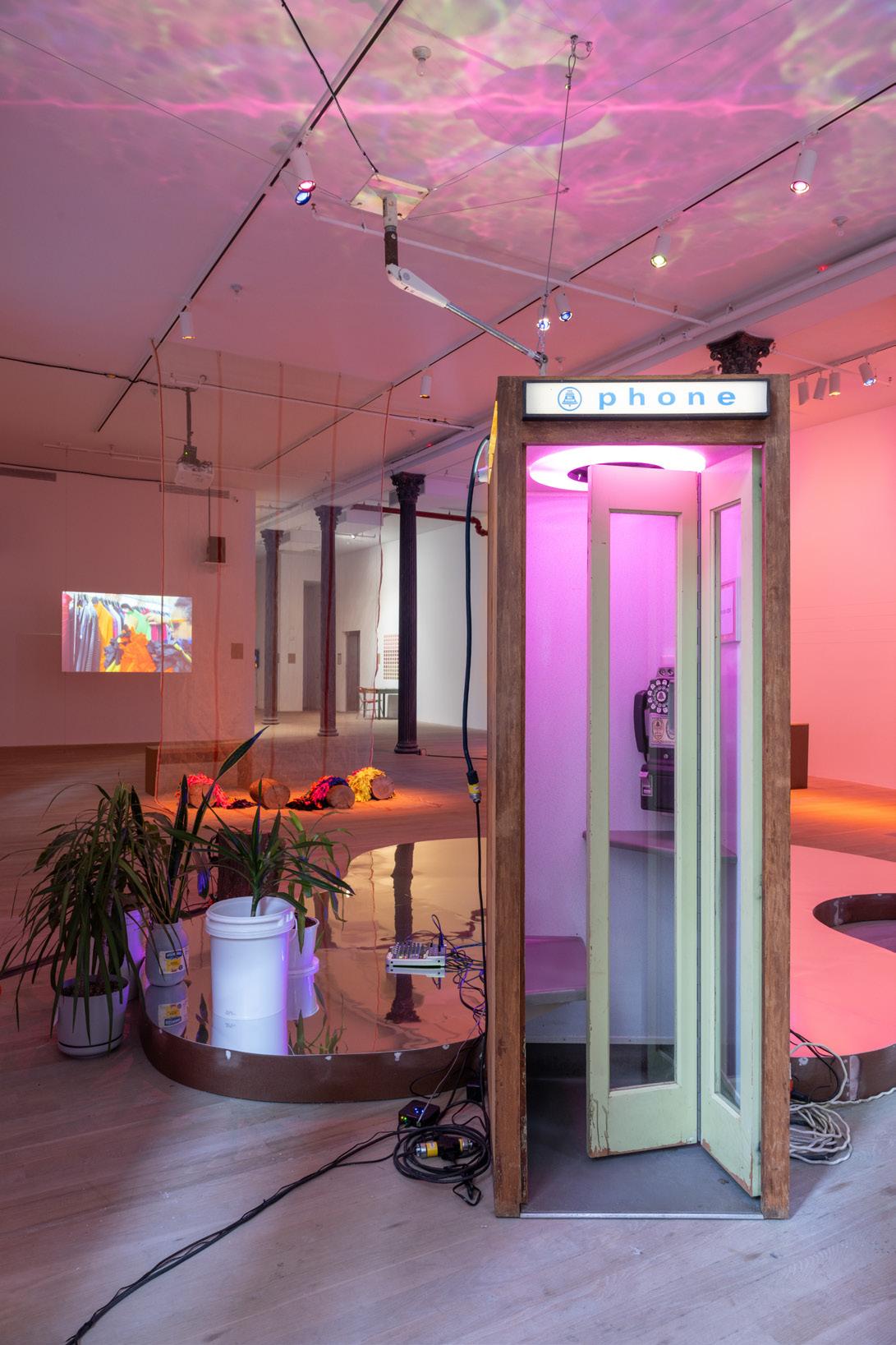 Especie de archivo, 2022 mixed media environment
Photograph © Filip Wolak
Especie de archivo, 2022 mixed media environment
Photograph © Filip Wolak
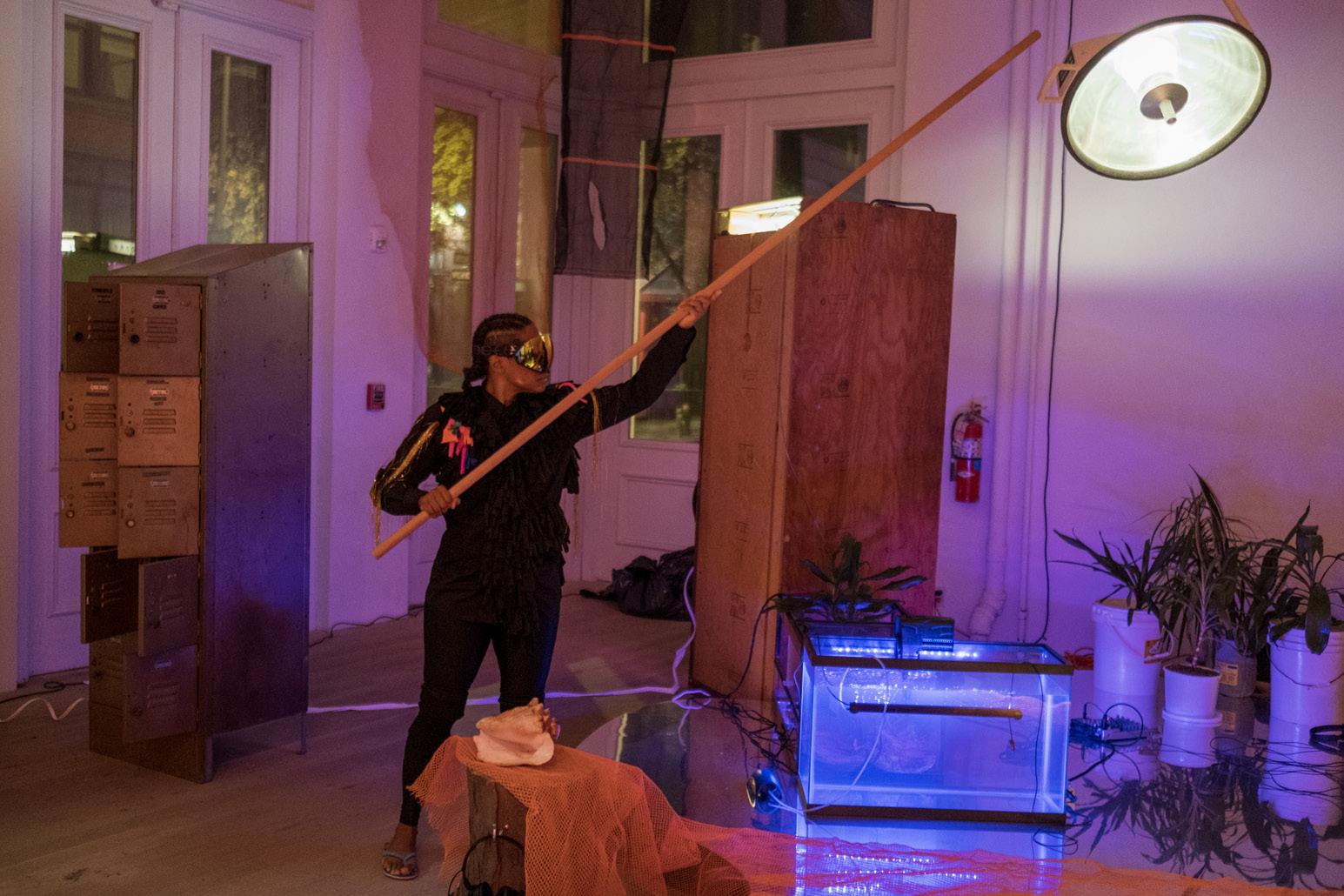
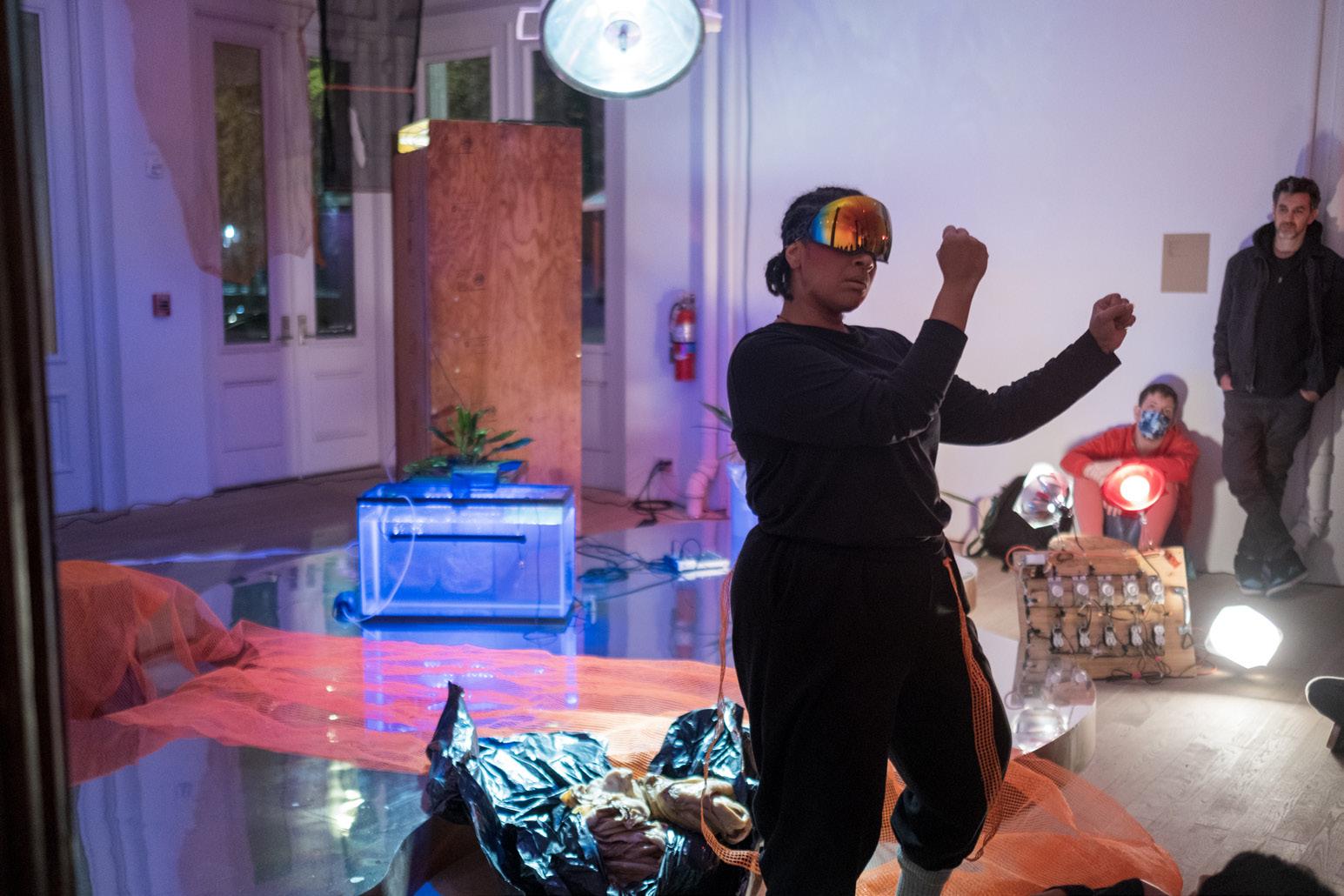
Especie de archivo, 2022 mixed media environment
Photographs © Destiny Mata
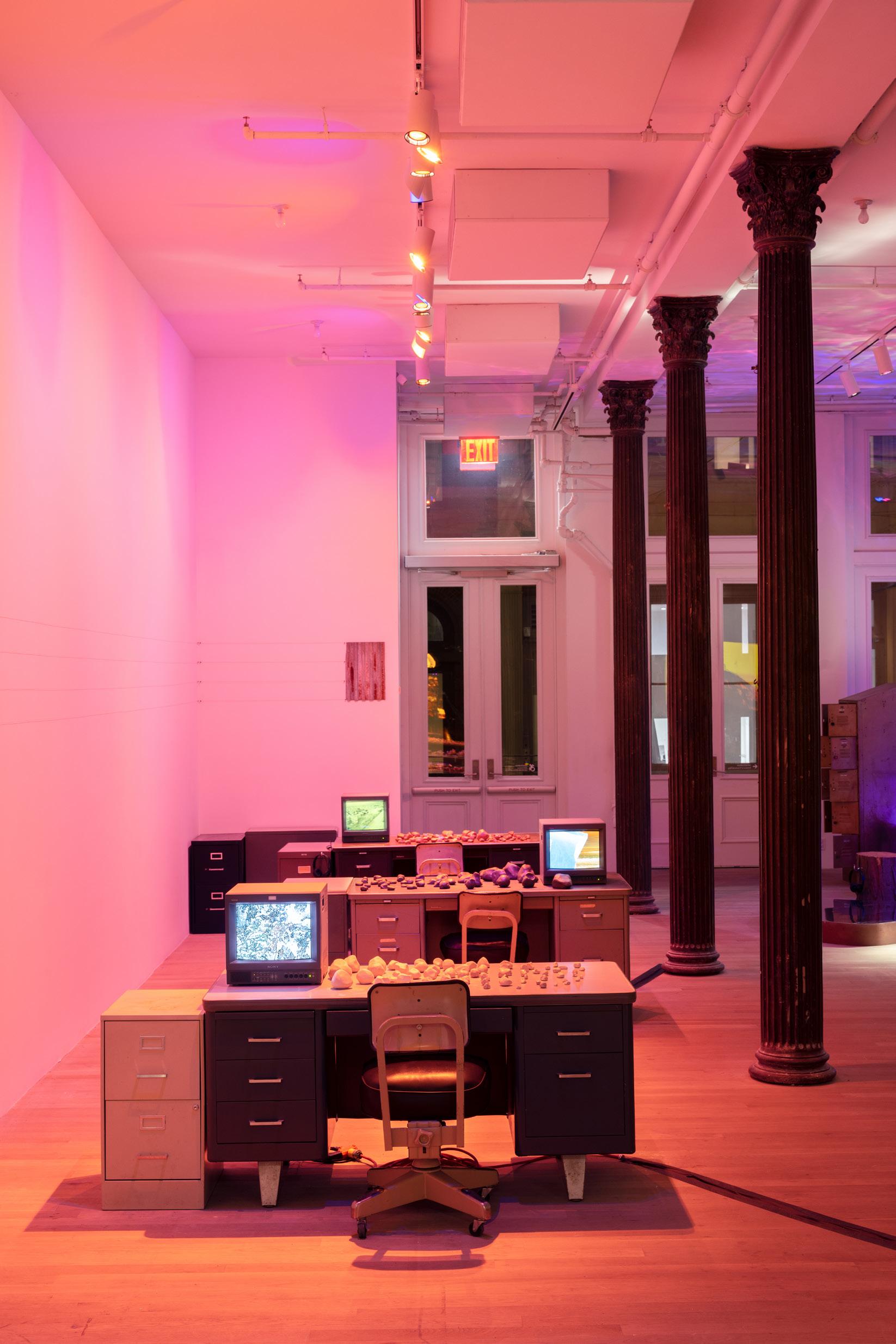
The page you are looking for is not found., 2022 mixed media environment
Photograph © Filip Wolak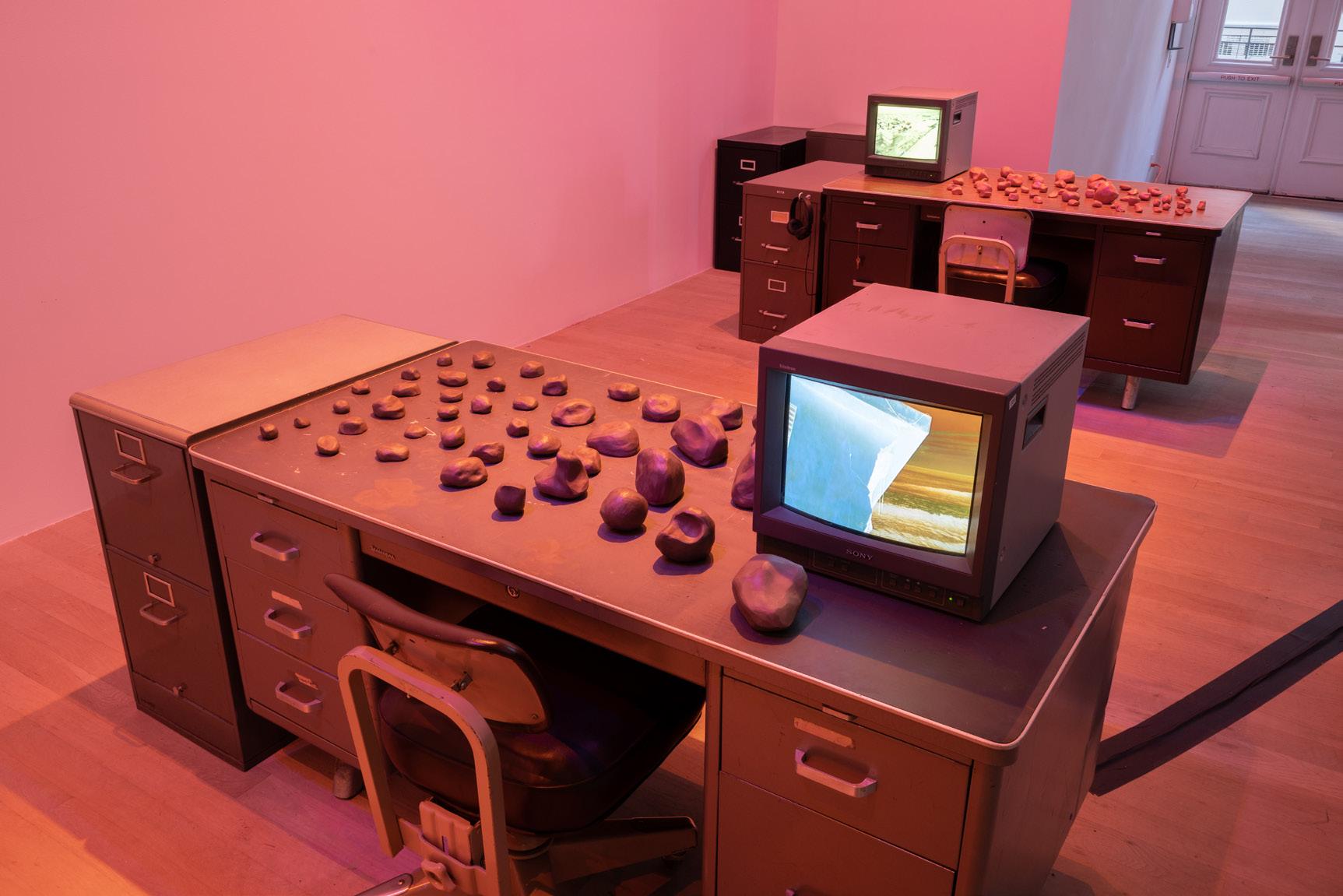
The page you are looking for is not found., 2022 mixed media environment (top) Photograph © Destiny Mata (bottom) Photograph © Filip Wolak
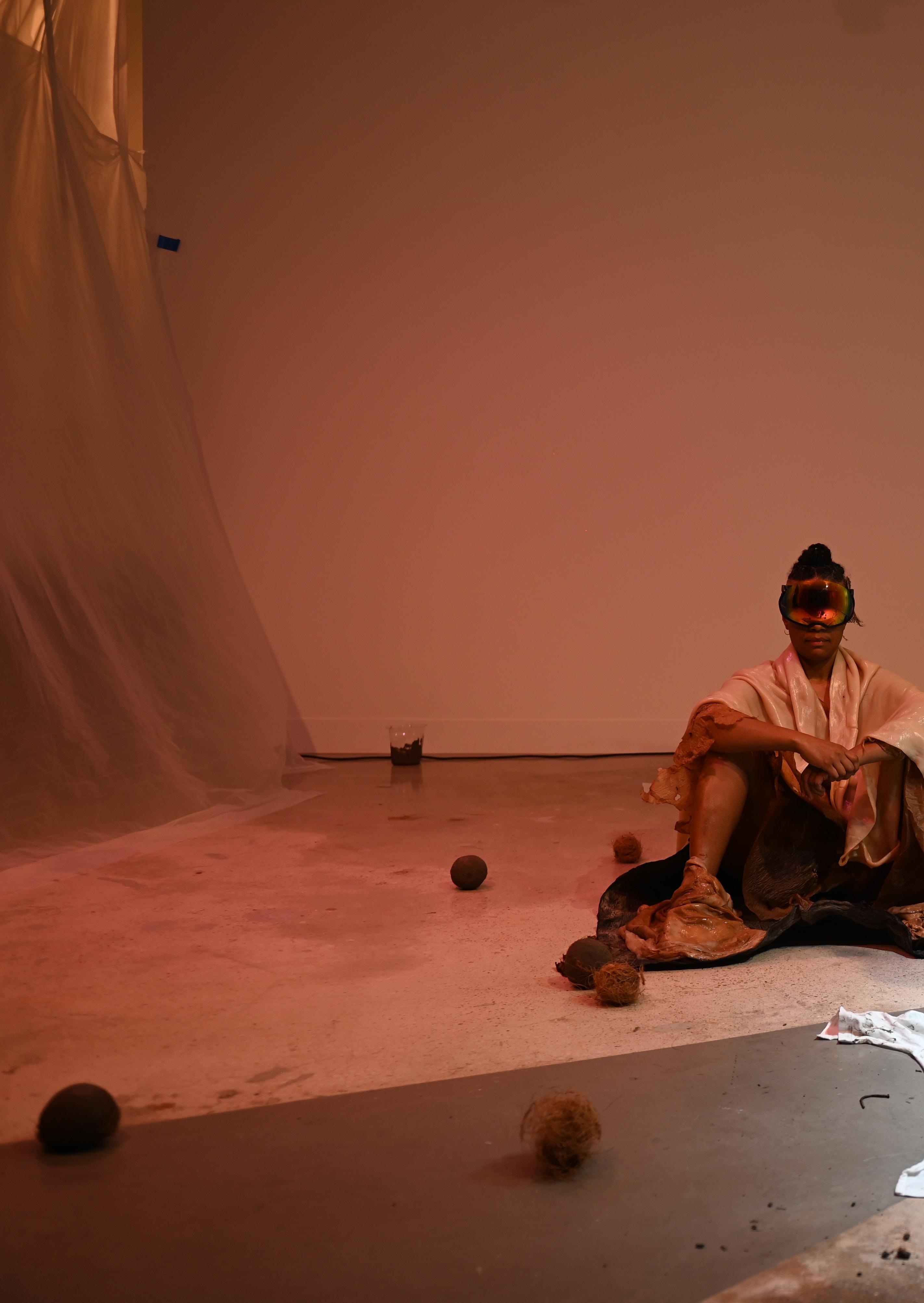 Replica de Paisaje, 2024
Las Nietas de Nonó: In Residence, performance and installation view, Visual Arts Center, The University of Texas at Austin,
Photo: Melissa Nuñez.
Replica de Paisaje, 2024
Las Nietas de Nonó: In Residence, performance and installation view, Visual Arts Center, The University of Texas at Austin,
Photo: Melissa Nuñez.
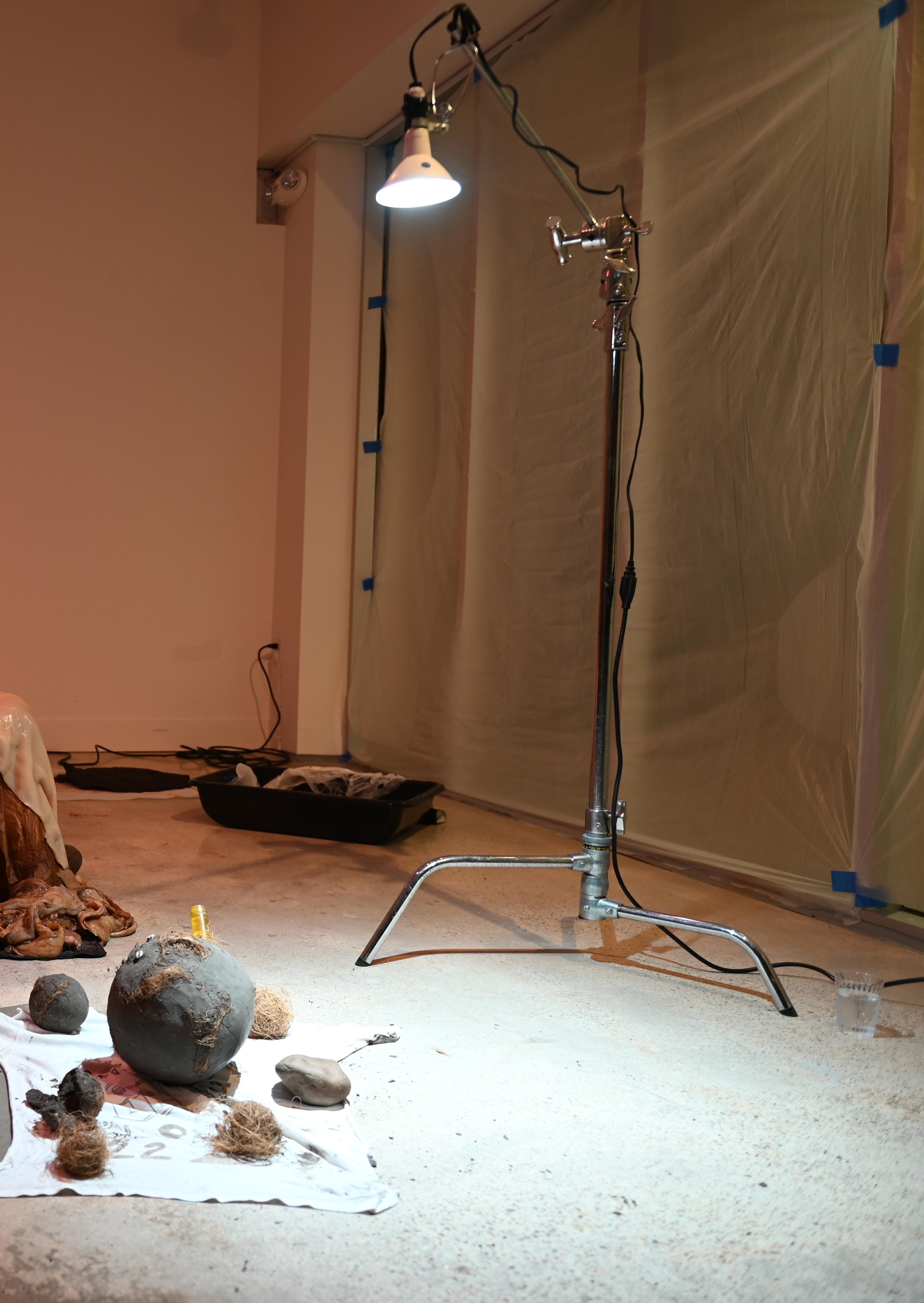
January 26 – March 2, 2024.
Replica de Paisaje, 2024
“SCOBY (an acronym for symbiotic culture of bacteria and yeast), itself a community of microorganisms, is a material they have been working with since 2016. Here, the SCOBY is made three-dimensional. Their shape references a Taino cemí that the siblings encountered as children, symbolizing community persistence through ancient and modern times. The gathering of SCOBY from kombucha brewers across Austin, construction materials from UT’s building sites, and found objects from Campus Departmental Reuse and elsewhere has instigated engagement between the VAC and its community.”
Nicole Smythe - Johson
Las Nietas de Nonó: In Residence, performance and installation view, Visual Arts Center, The University of Texas at Austin, January 26 – March 2, 2024.
Photo: Melissa Nuñez.
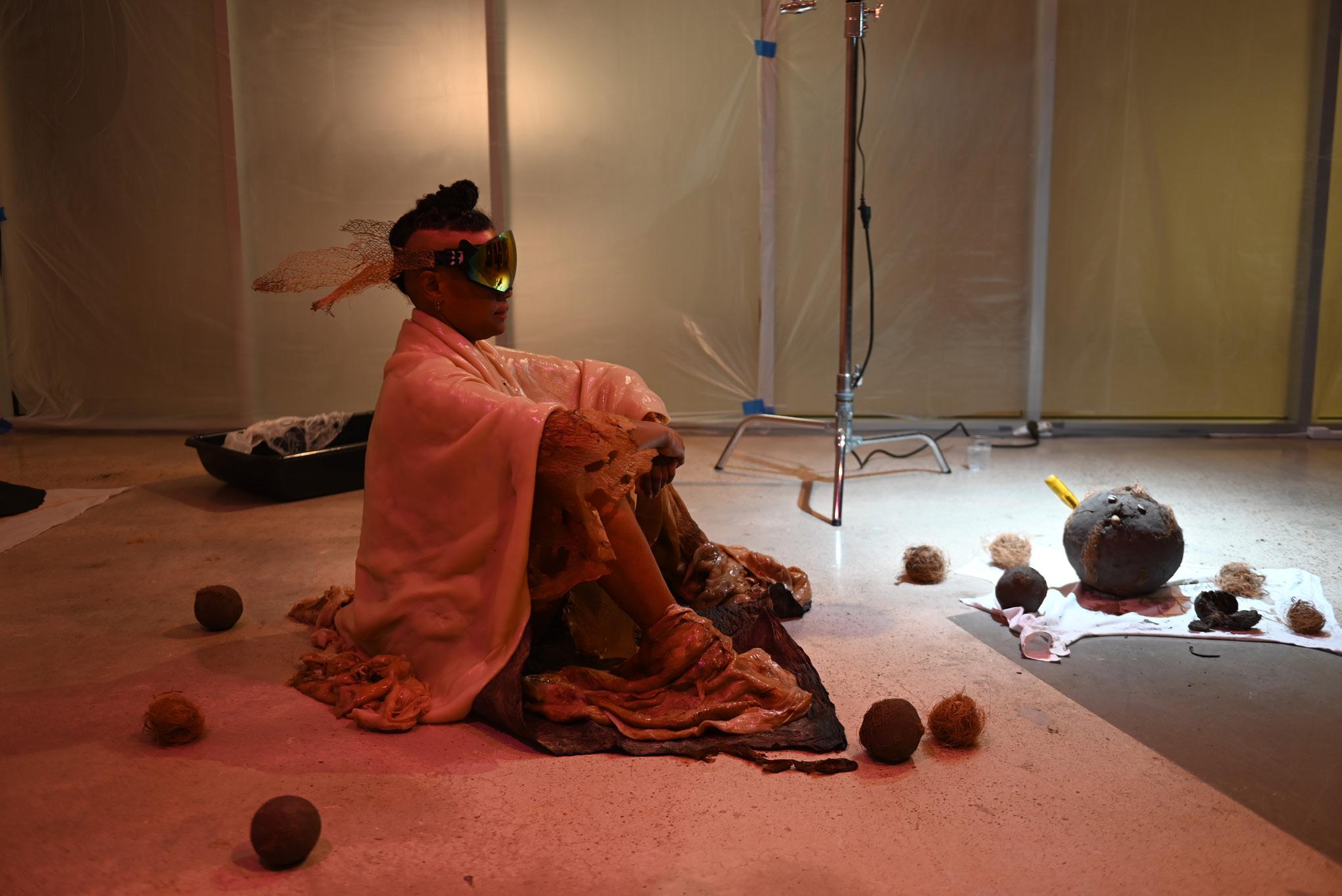
Replica de Paisaje, 2024
mixed media environment
Las Nietas de Nonó: In Residence, performance and installation view, Visual Arts Center, The University of Texas at Austin, January 26 – March 2, 2024.
Photo: Melissa Nuñez.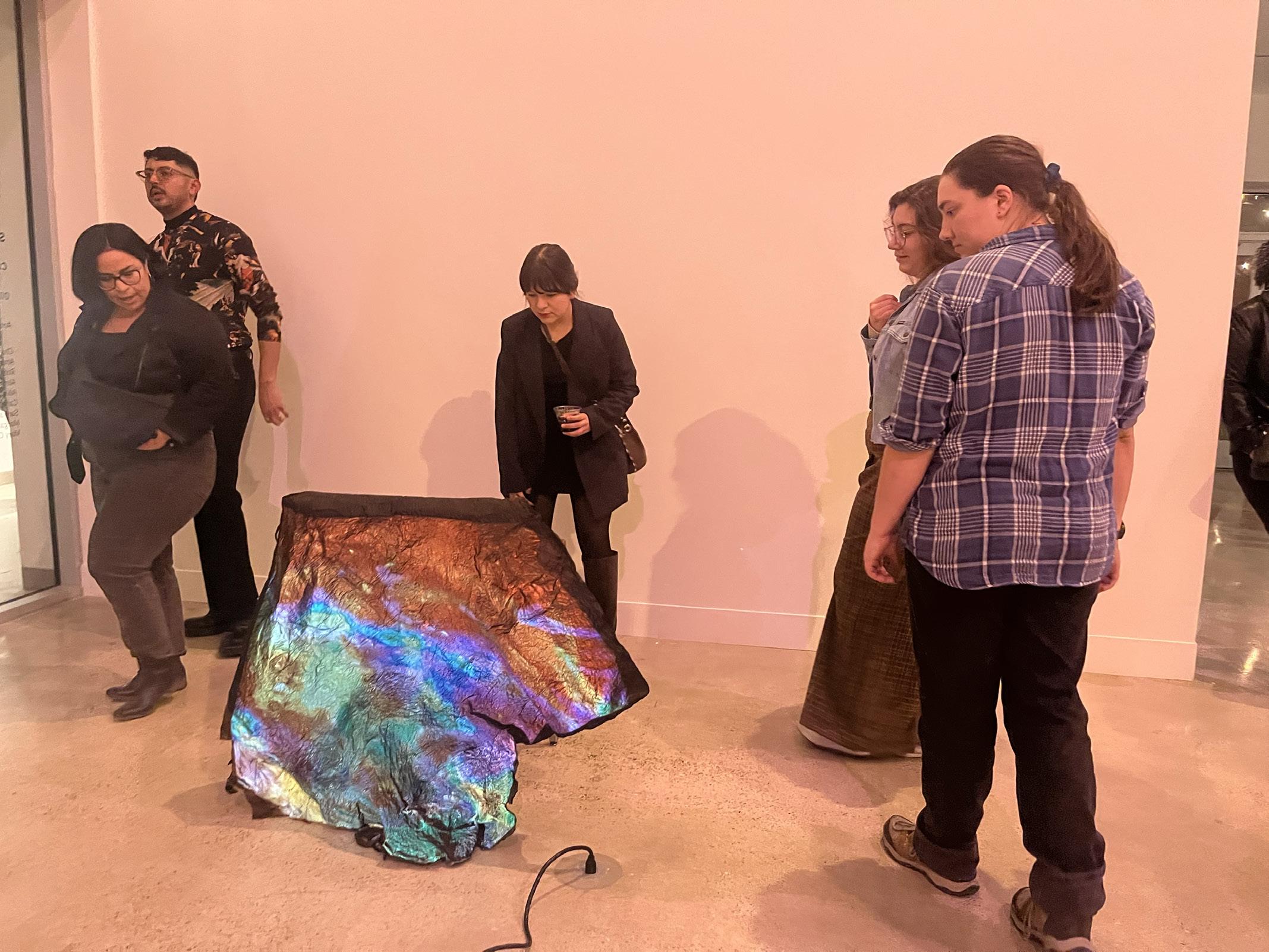
bio material SCCOBY, video
Las Nietas de Nonó: In Residence, performance and installation view, Visual Arts Center, The University of Texas at Austin, January 26 – March 2, 2024.
Replica de Paisaje, 2024 Photo: Melissa Nuñez.We dove into the intriguing realm of Symbiotic Culture of Bacteria and Yeast (SCOBY) and found materials. By harnessing the unique qualities of the SCOBY, we aim to evoke a timeless connection to ancestral wisdom, creating a visual dialogue inspired by the Cemí. Weaving a visual story informed by this ancestral symbol’s spiritual and cultural significance will allow us to uncover the profound impact on our upbringing surrounded by their sacred essence.
As SCOBY thrives on collaboration and symbiosis, we are eager to continue unfolding the possibilities of this material. For us, this interdependence reflects practices of interconnection found within communities, highlighting the beauty of cooperation and shared growth. As part of the research process, we will be incorporating bioacoustic elements with the desire to discover and create intricate compositions inspired by the often-overlooked beauty within the microbial world.
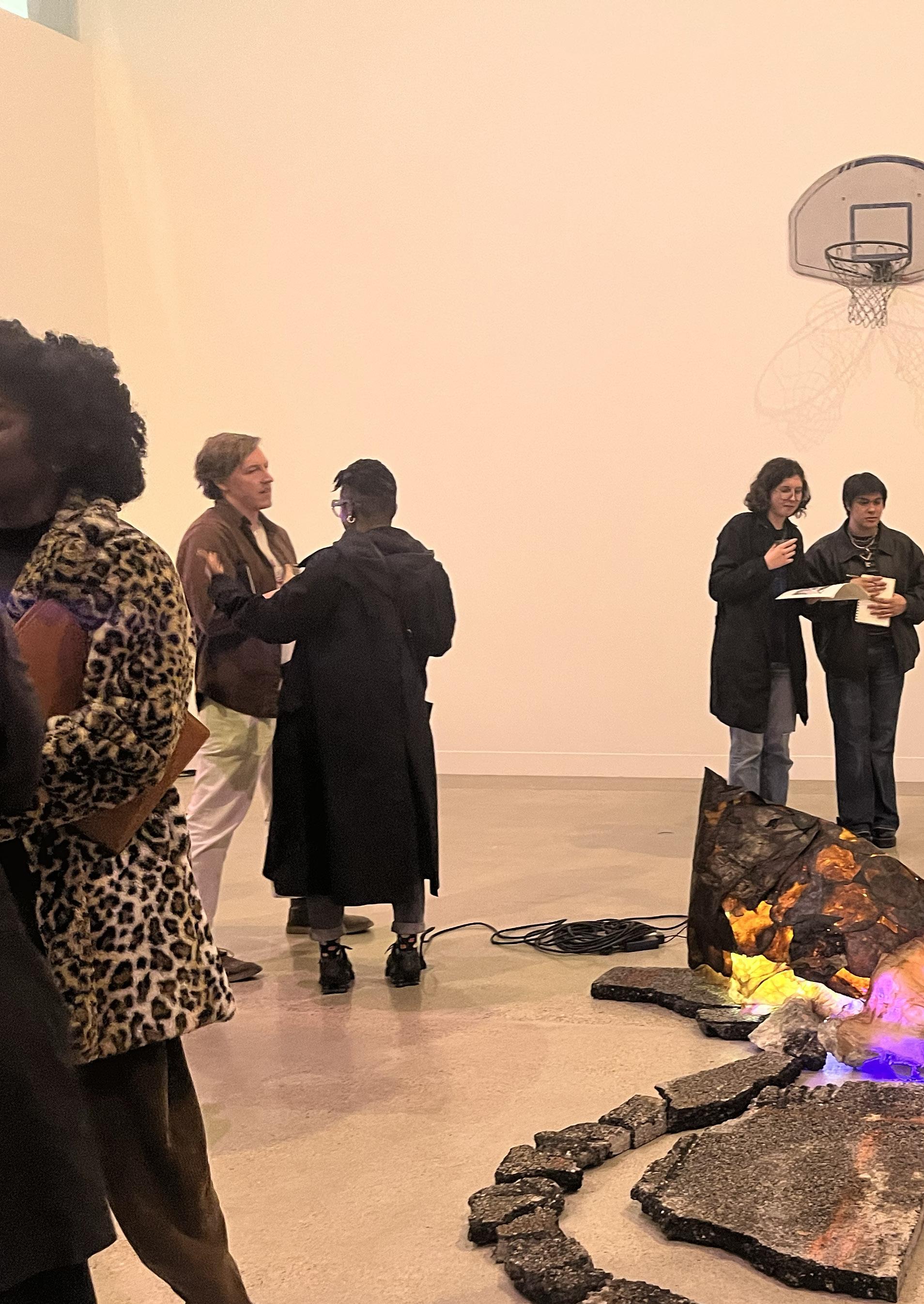
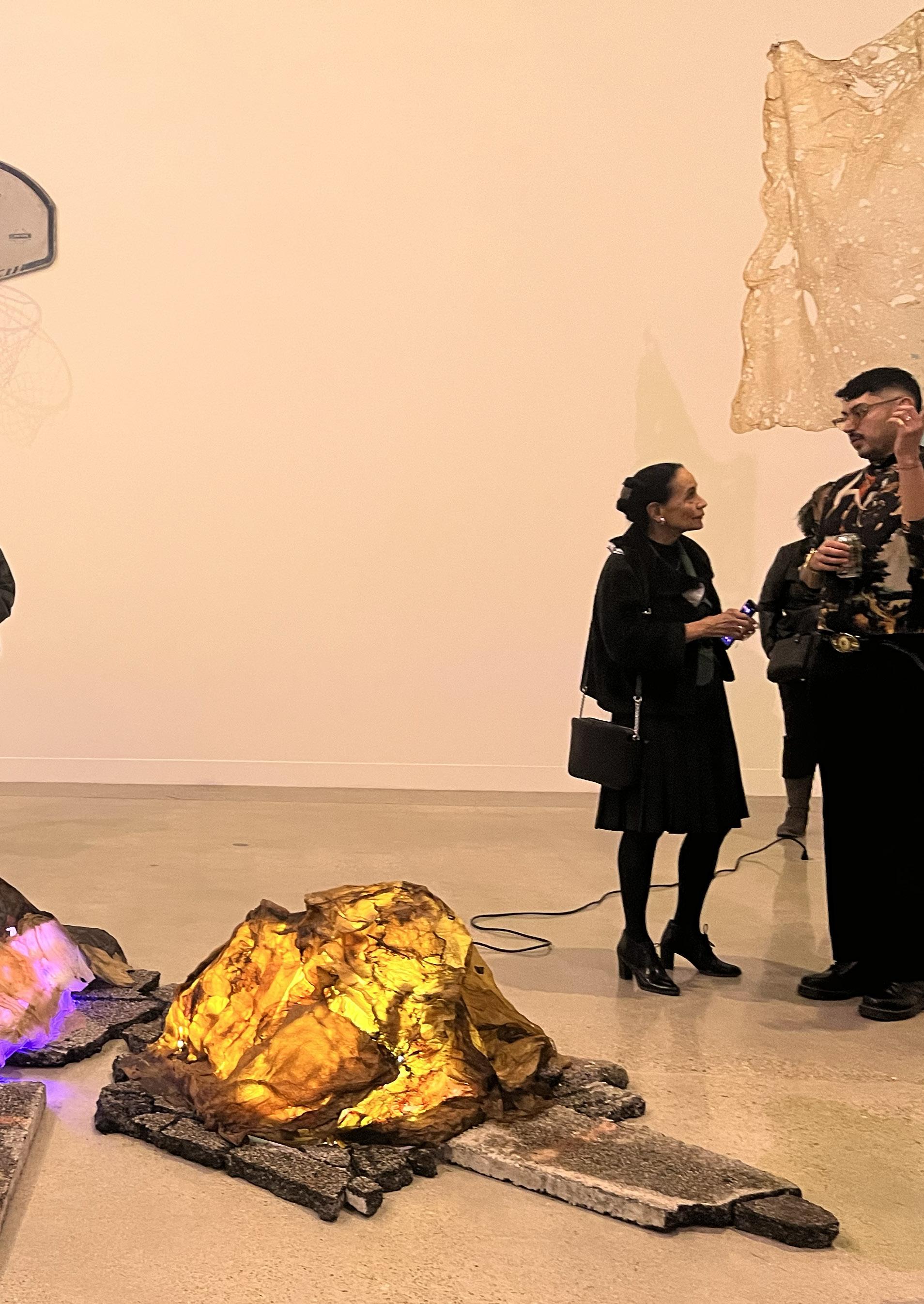
No More Tears, 2021 No Humans Involved, Hammer Museum Group show curated by Erin Christovale with Vanessa Arizmendi
“The performance and installation, No More Tears (2021), is based on Las Nietas de Nonó’s ongoing correspondence with their cousins the Salgado brothers, who were recently released after serving several years in federal prison. No More Tears is a meditation on the emotional and mental paradigm one grapples with during incarceration and how loss of physical and spatial freedom heightens the interior, invoking the realms of memory and dreams as survival mechanisms, a means to maintain personhood and connection to the outside world. The piece functions as a restorative space of healing and closure, marking the end of the Salgado brothers’ incarceration. It also brings attention to the violent history of offshoring Puerto Rican inmates to private facilities in the United States, located thousands of miles away from the island. The piece is tied to Manual del Bestiario Doméstico, a performance piece staged on the artists’ grandparents’ plot of land in 2014, in which they began to explore their family archive and personal relationships to mass incarceration and violence.” - Erin Christovale
No More Tears, 2021 mixed media environment
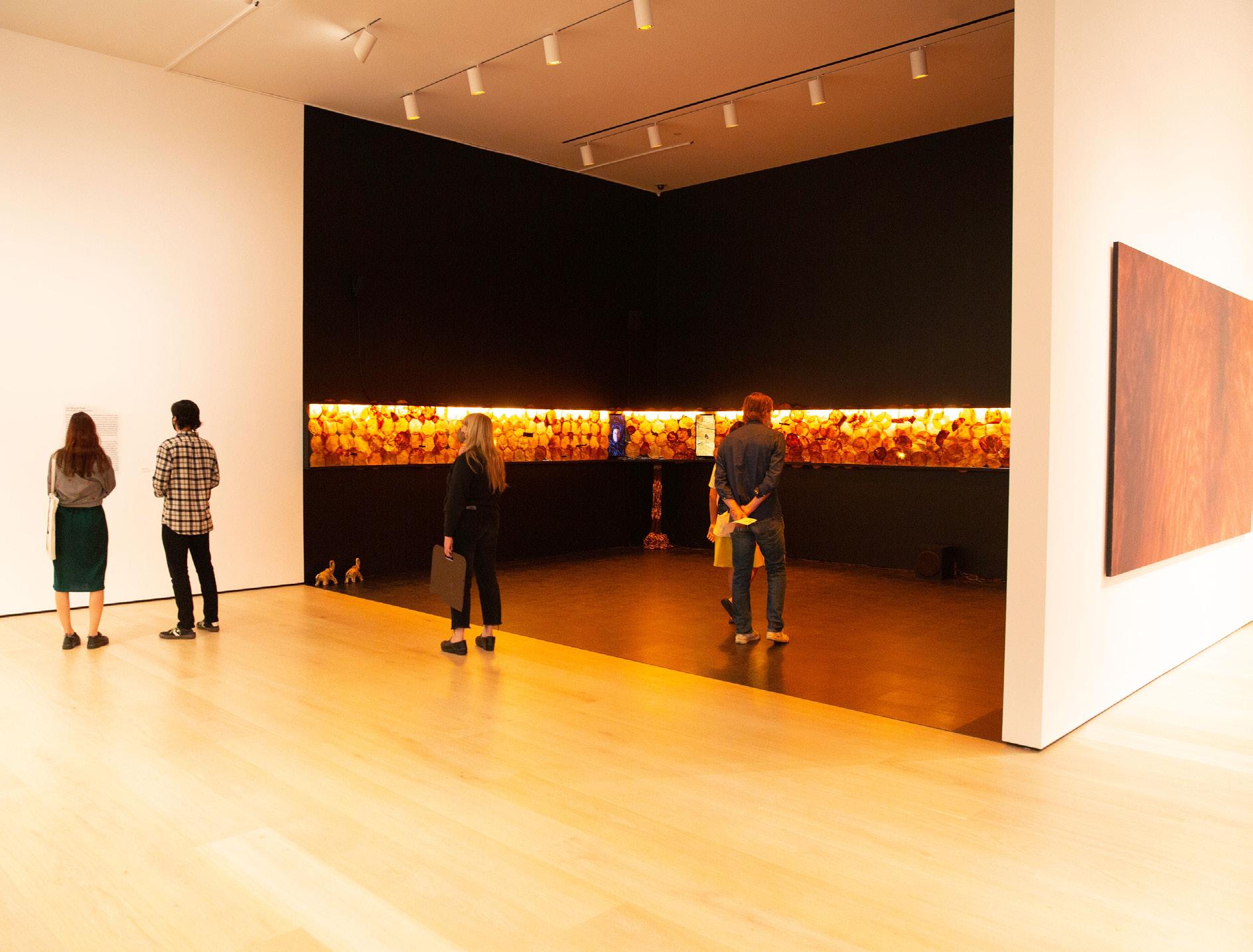
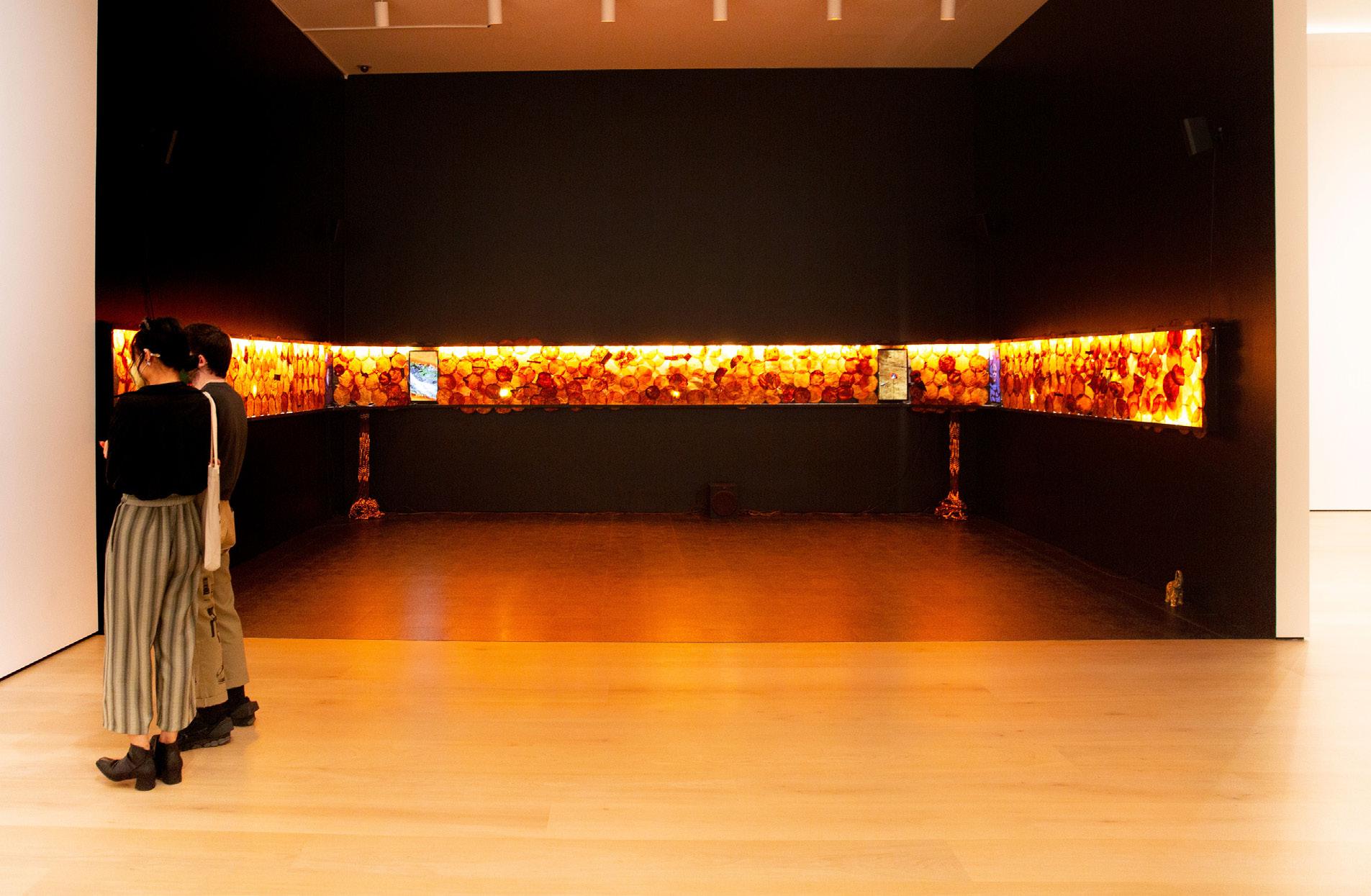 (top) Photograph © Emanuela Bocse (bottom) Photograph © Gina Clyne
(top) Photograph © Emanuela Bocse (bottom) Photograph © Gina Clyne
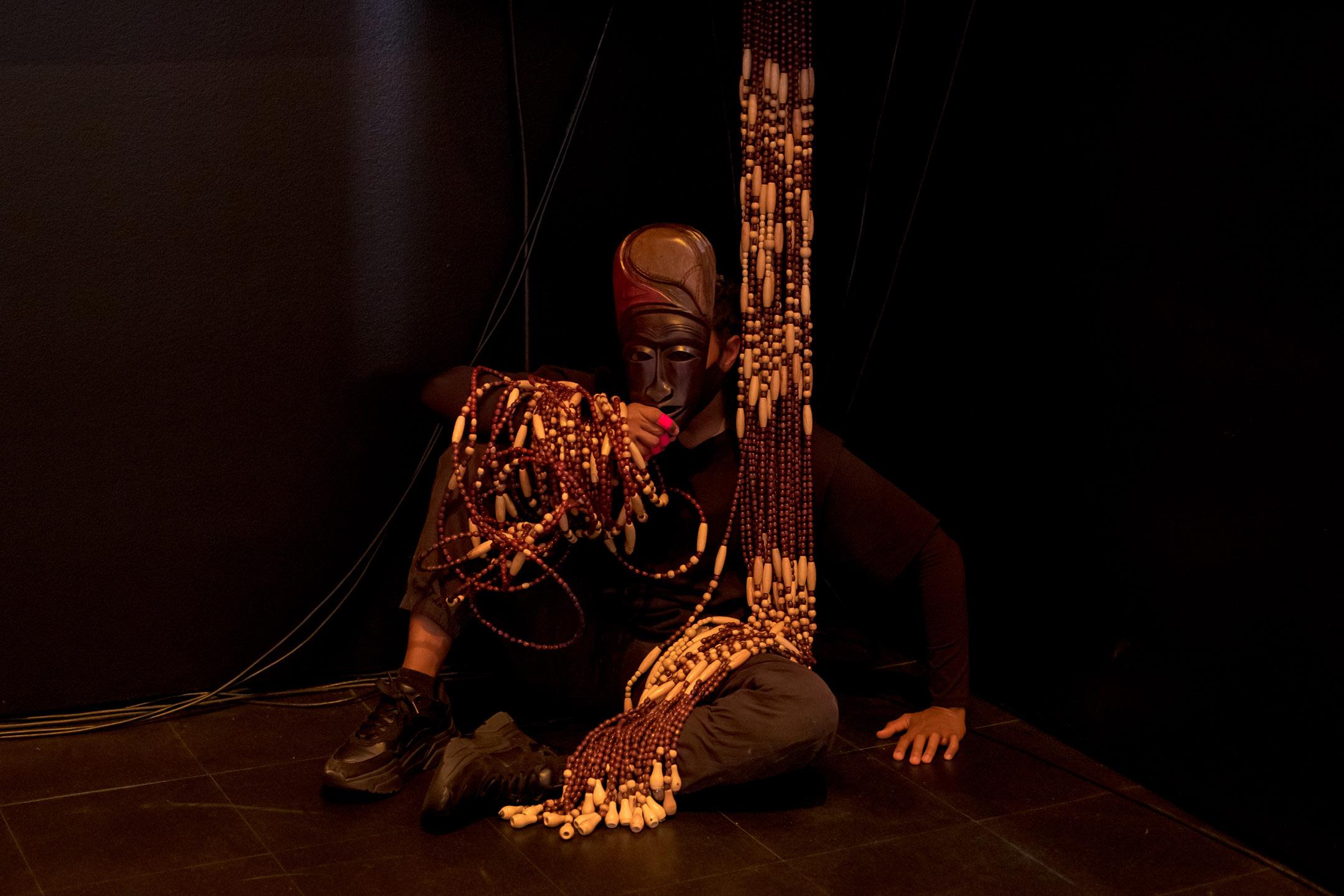
No More Tears, 2021 mixed media environment performance installacion view
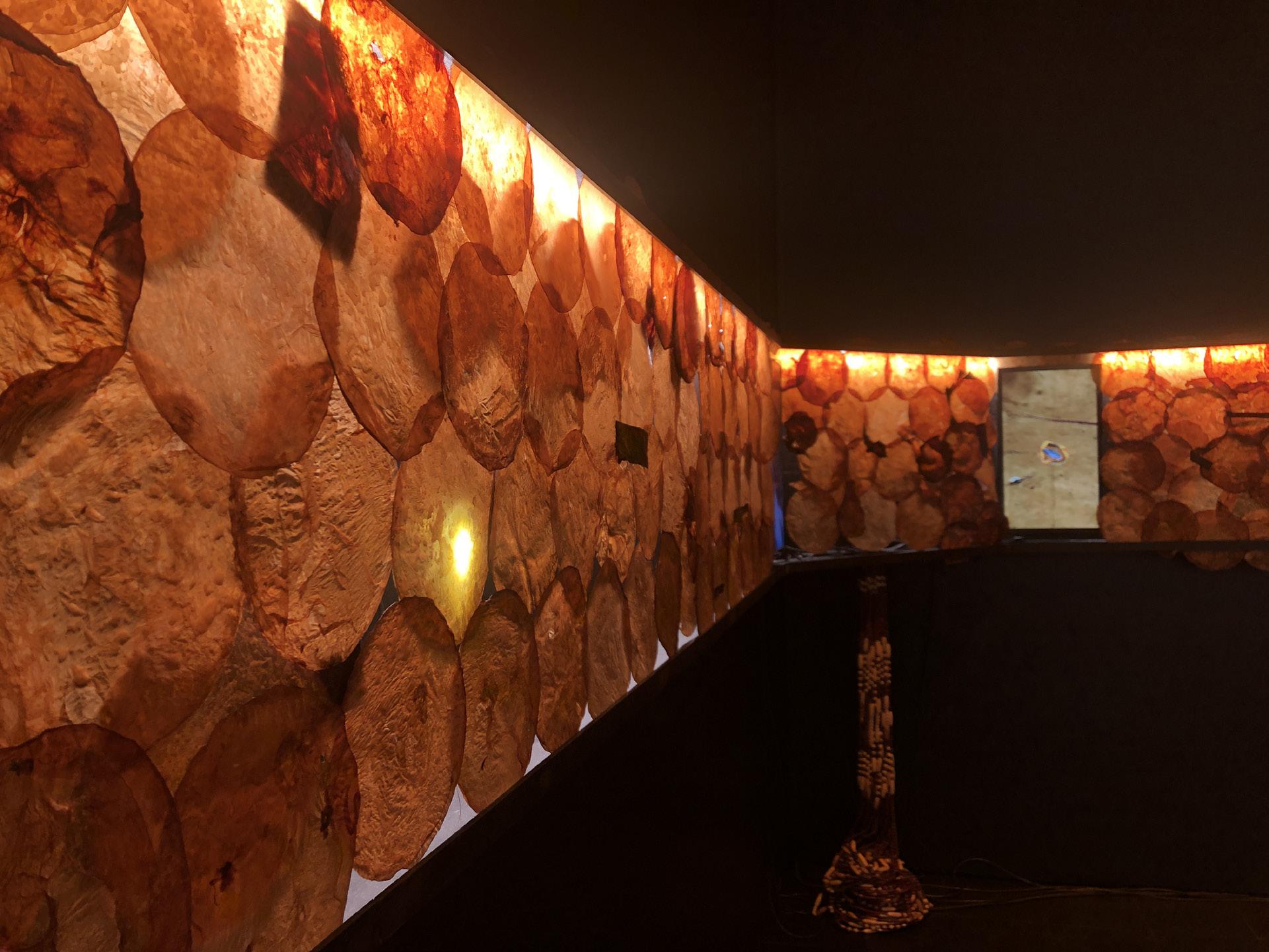
Ilustraciones de la Mecánica, 2016-2019
1 hour performance and multimedia installation
Performed at the Whitney Museum of American Art, June 28-30, 2019
79th Whitney Biennial Museum of American Art, New York
Curated by Jane Panetta and Rujeko Hockley
The performance is a multimedia installation that is the result of years of research inspired by our family archive. The disempowering experiences of women and Black communities are evoked through reenactments of massive non-consensual sterilizations and neoliberal heavy-handed policies against crime in Puerto Rico. The work powerfully addressed the U.S.-sanctioned sterilizations forced onto Black Puerto Rican women until the 1970s, tracing the arc between atrocity and healing.
The installation includes organic elements like vegetable leather, and plants are incorporated with technologies such as a stove, smartphones, a hair dryer and a home console, creating an imaginary landscape and a futuristic space that proposes decolonizing realities. The viewer becomes an accomplice as they are invited inside the installation, and eat food and drink kombucha.
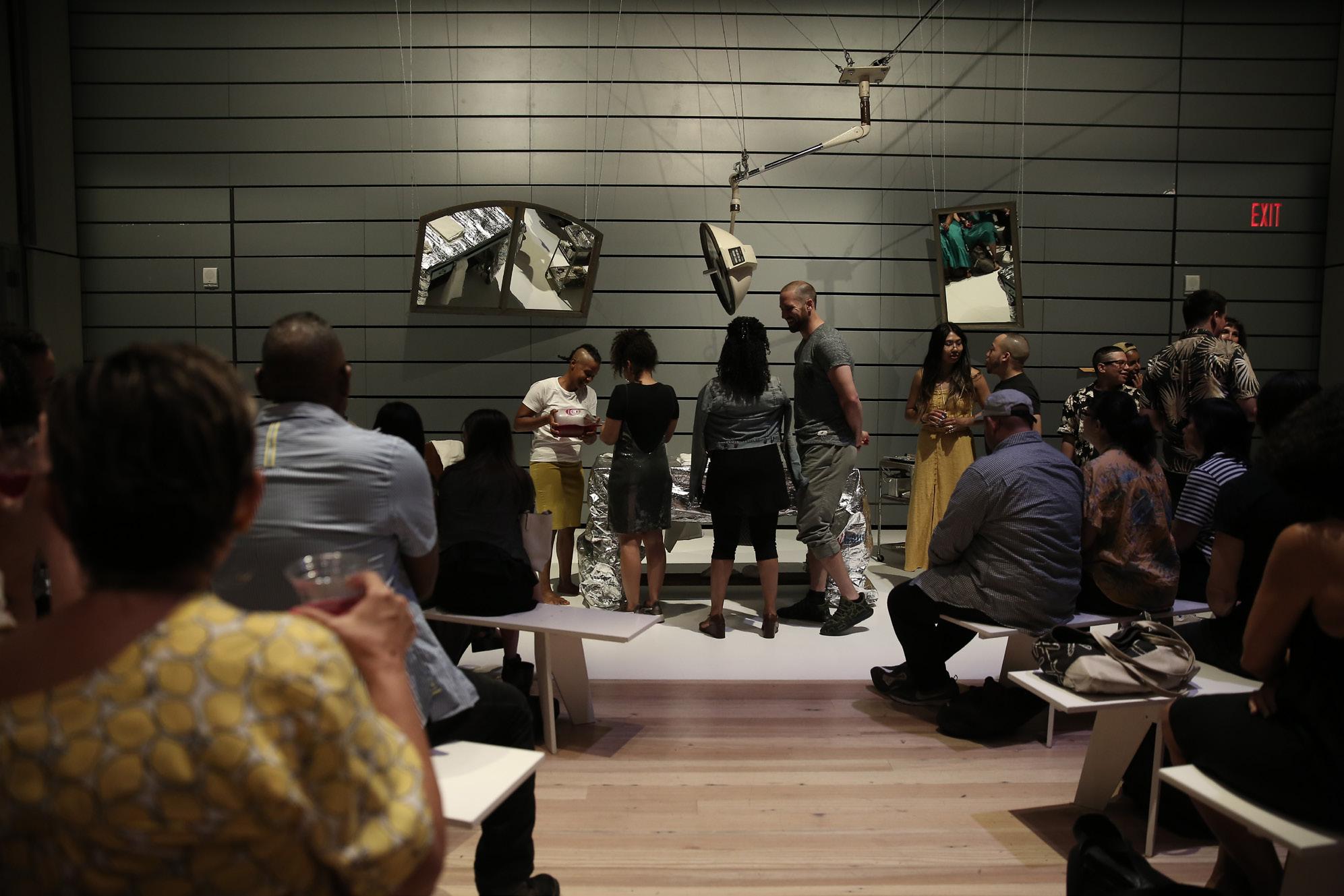
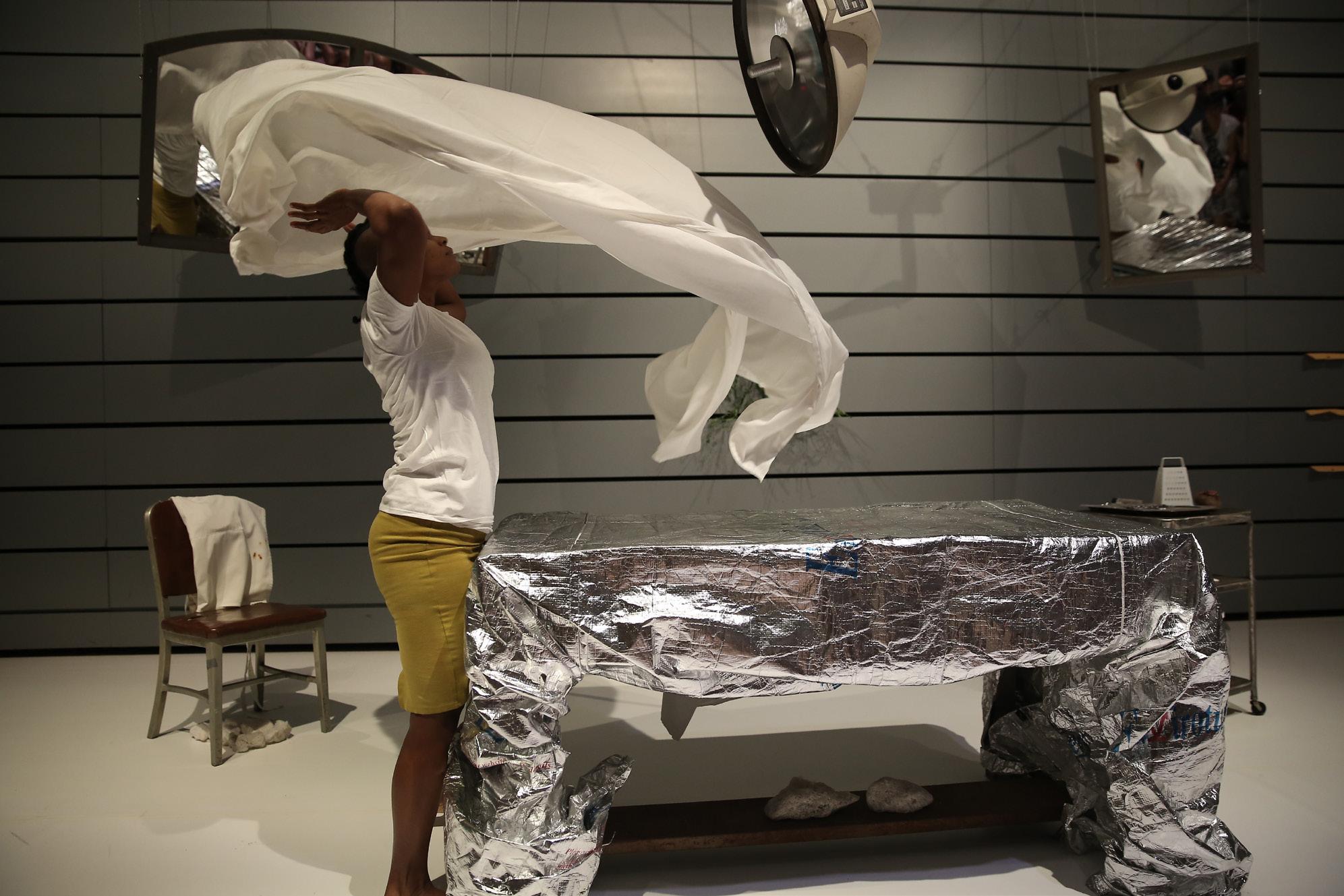 Ilustraciones de la Mecánica, 2016-19
Performed at the Whitney Museum of American Art
Photograph © 2019 Paula Court
Ilustraciones de la Mecánica, 2016-19
Performed at the Whitney Museum of American Art
Photograph © 2019 Paula Court
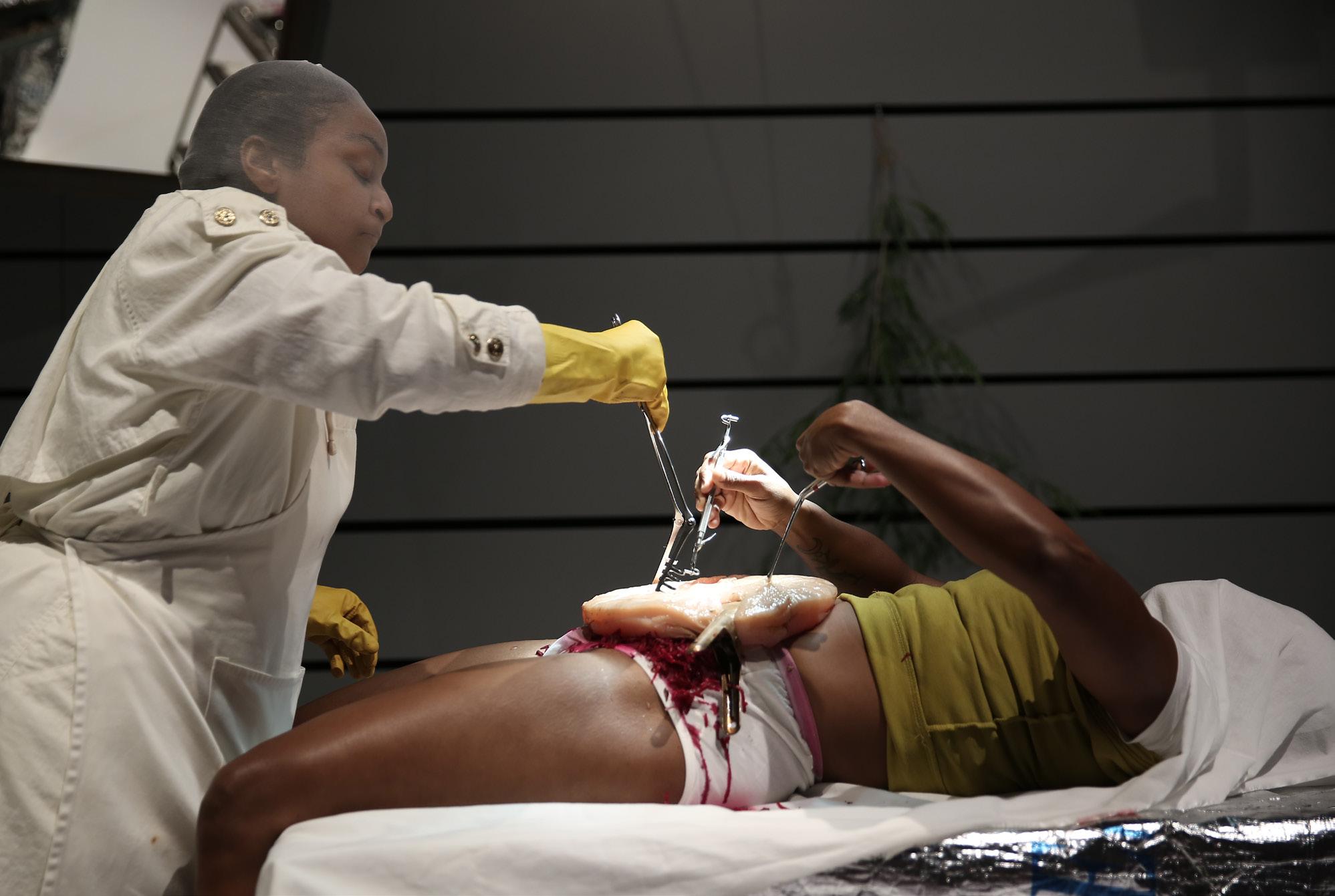
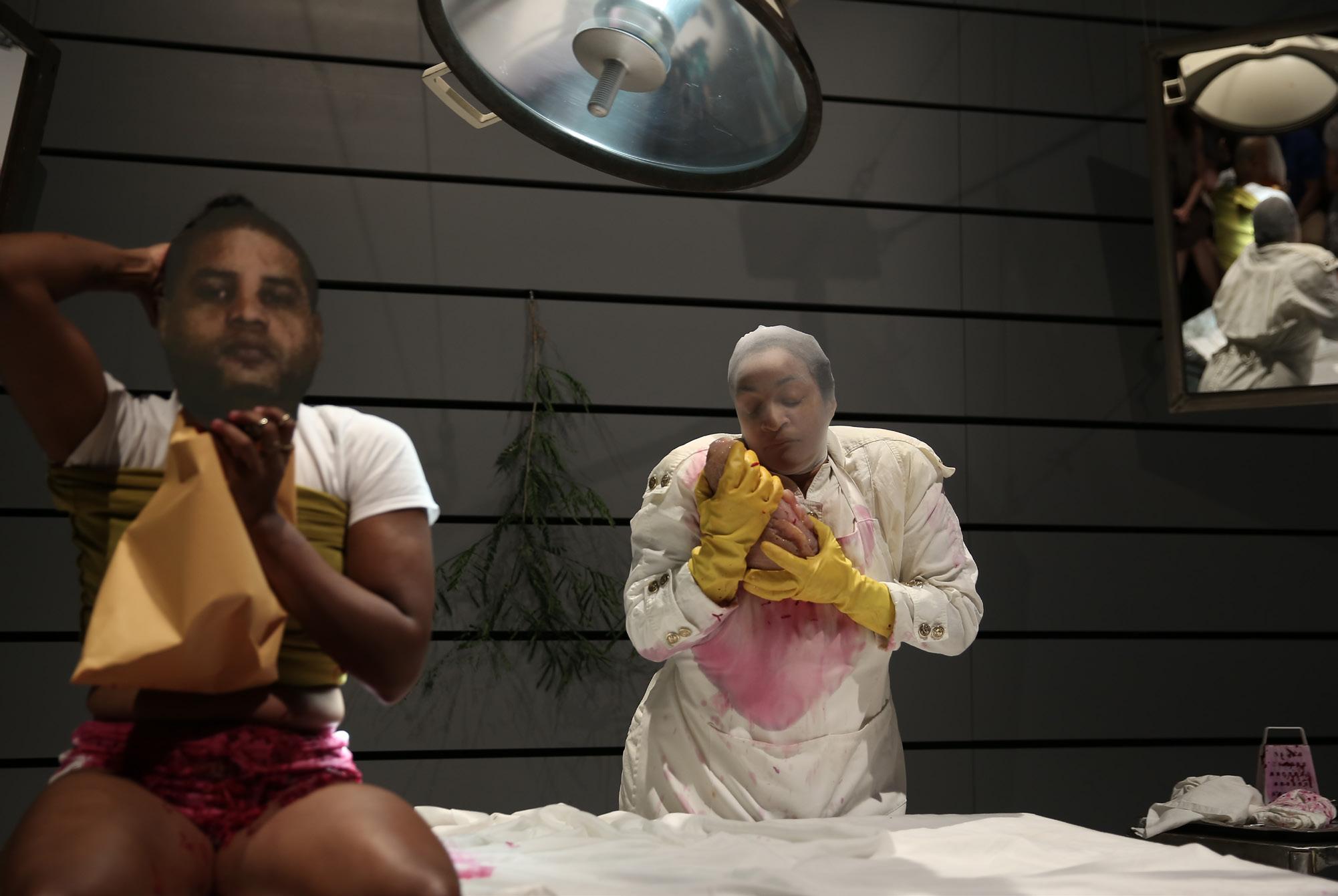 Ilustraciones de la Mecánica, 2016-19
Performed at the Whitney Museum of American Art
Photograph © 2019 Paula Court
Ilustraciones de la Mecánica, 2016-19
Performed at the Whitney Museum of American Art
Photograph © 2019 Paula Court
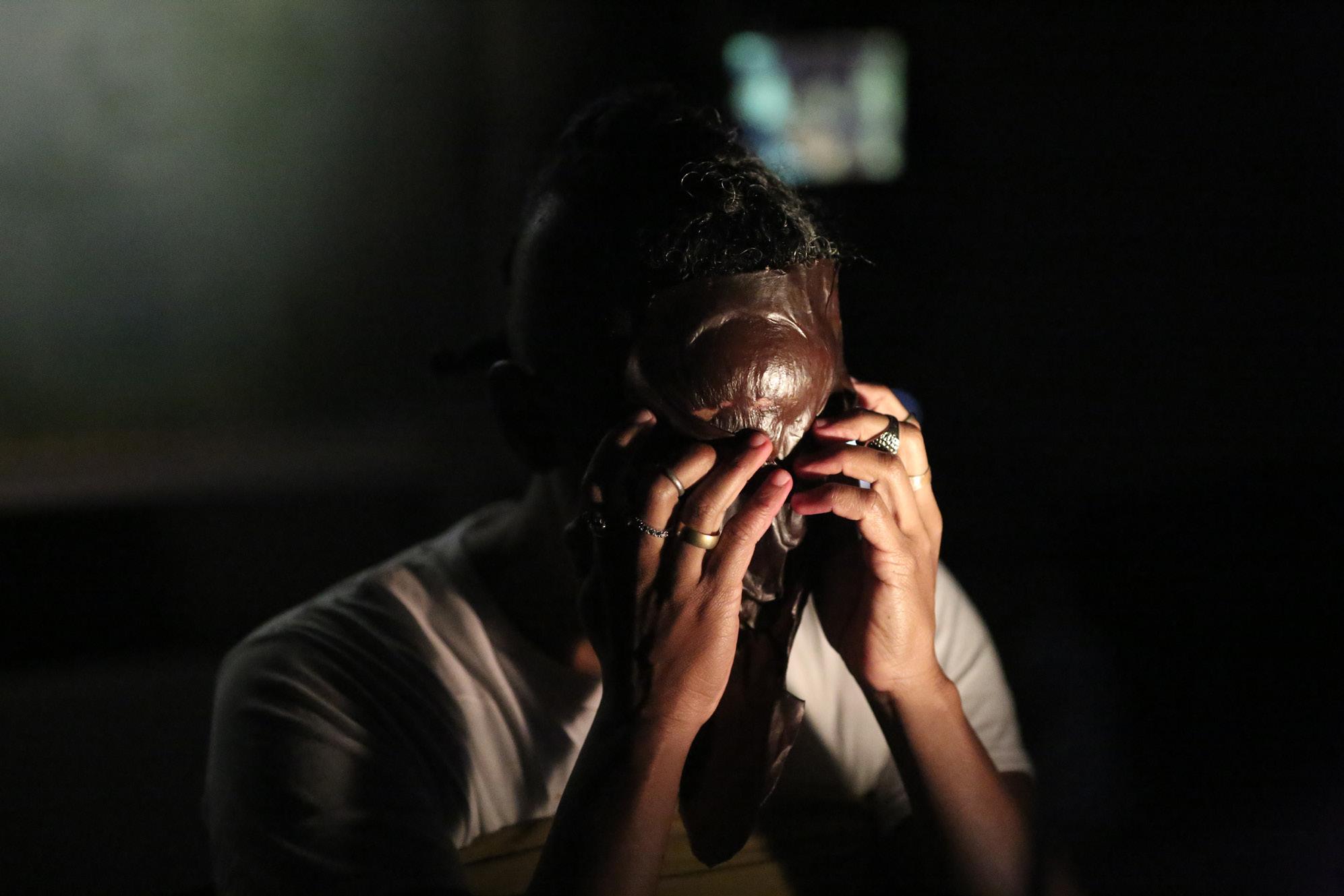
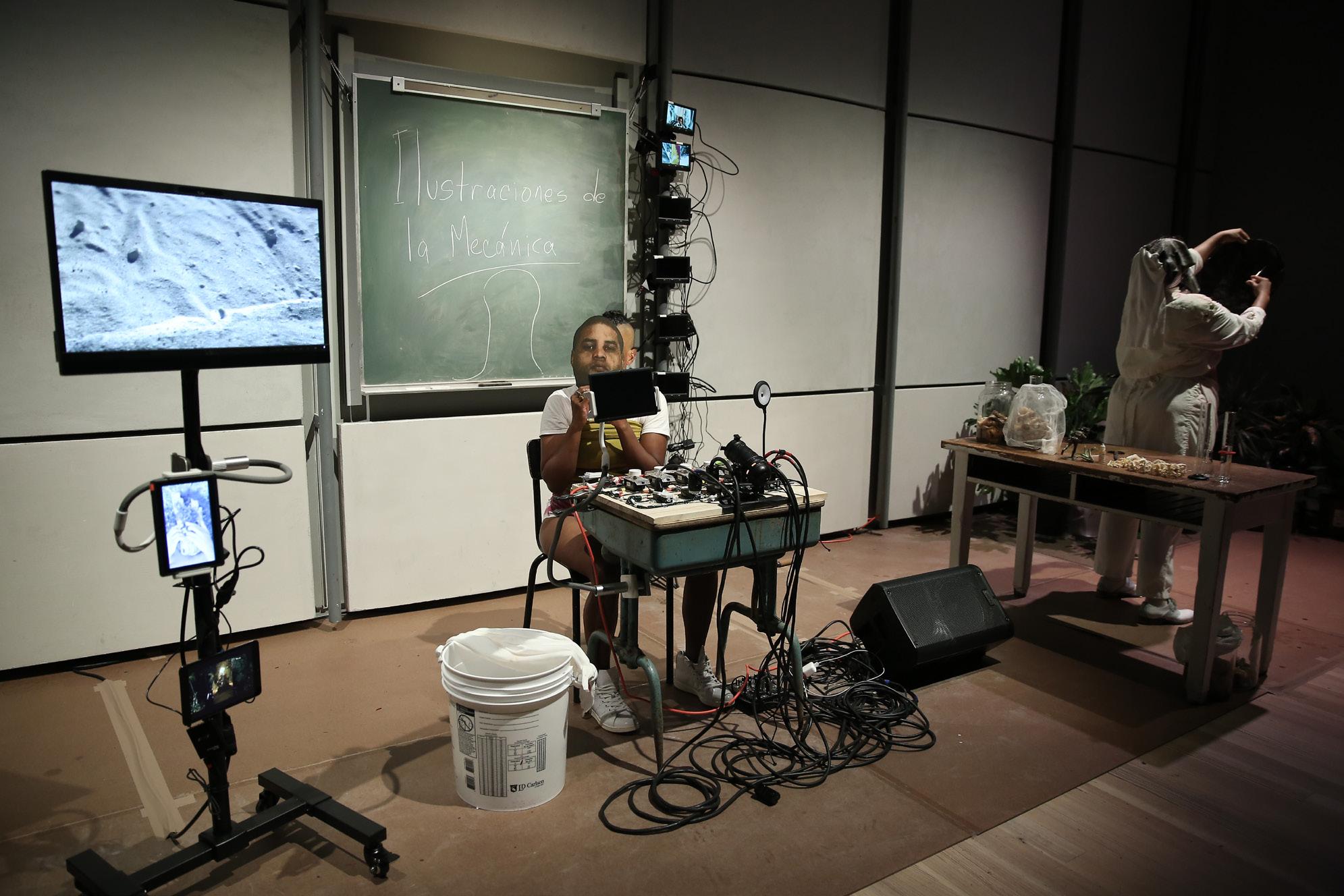 Ilustraciones de la Mecánica, 2016-19
Performed at the Whitney Museum of American Art
Photograph © 2019 Paula Court
Ilustraciones de la Mecánica, 2016-19
Performed at the Whitney Museum of American Art
Photograph © 2019 Paula Court
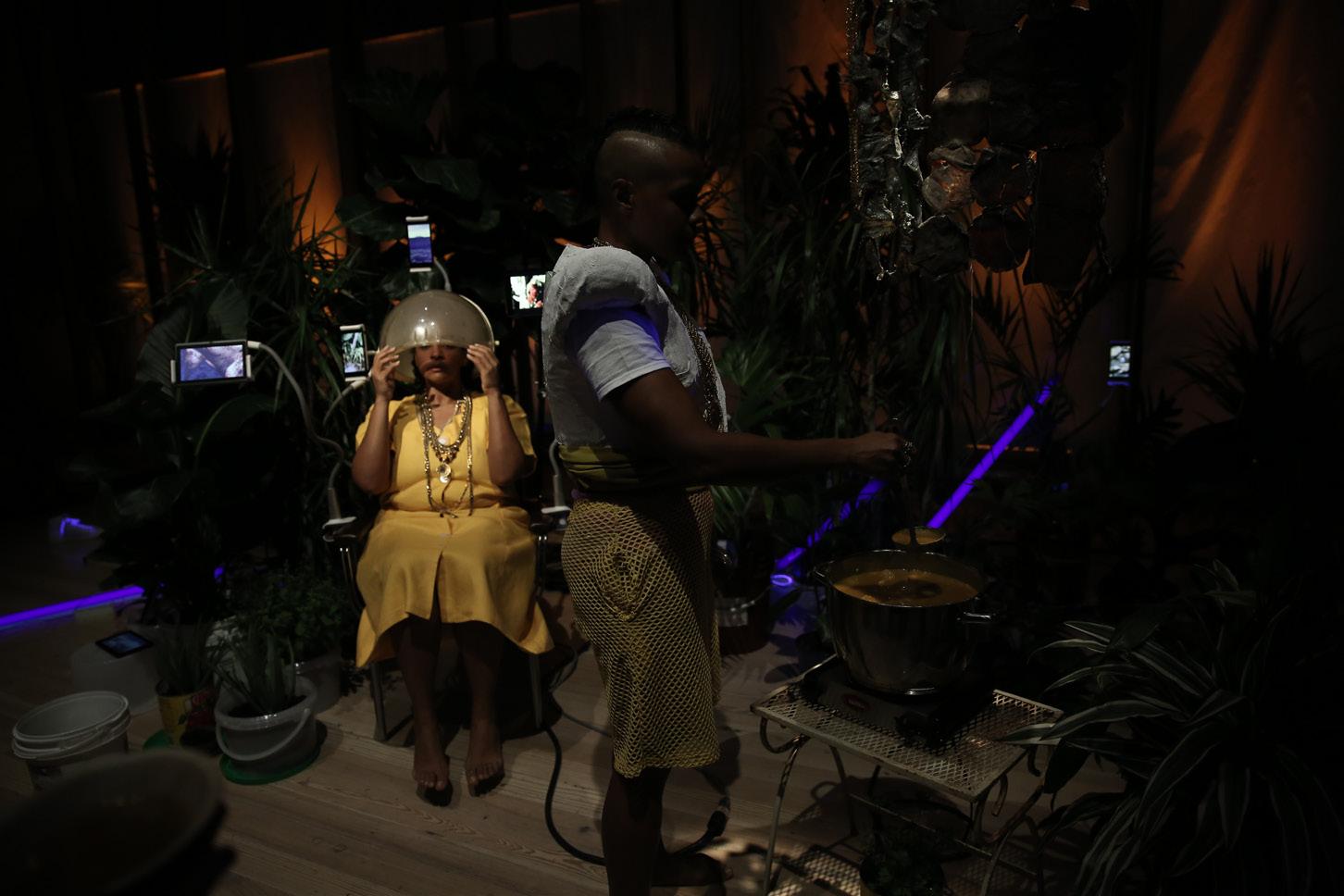
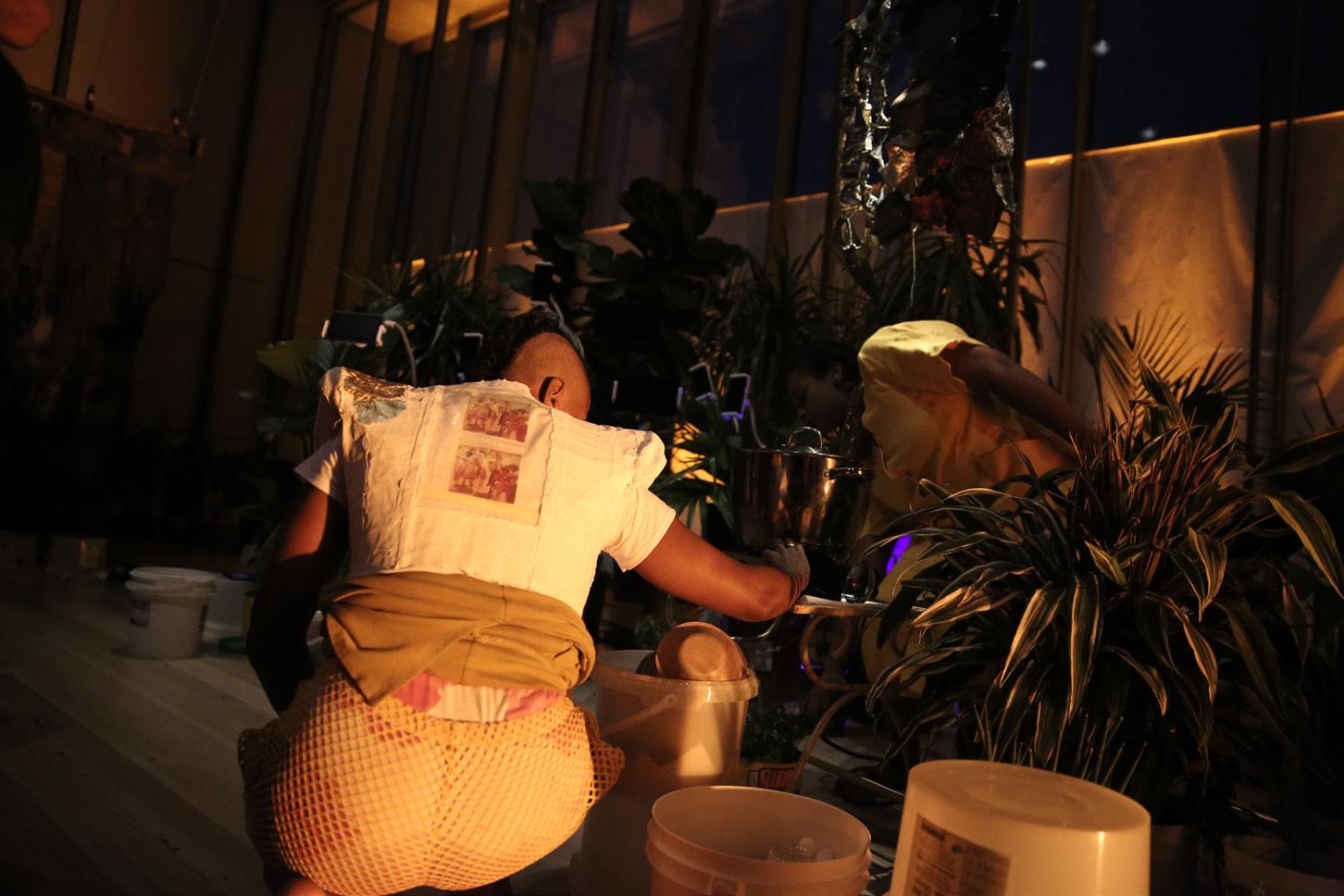
Ilustraciones de la Mecánica, 2016-19
Performed at the Whitney Museum of American Art
Photograph © 2019 Paula Court
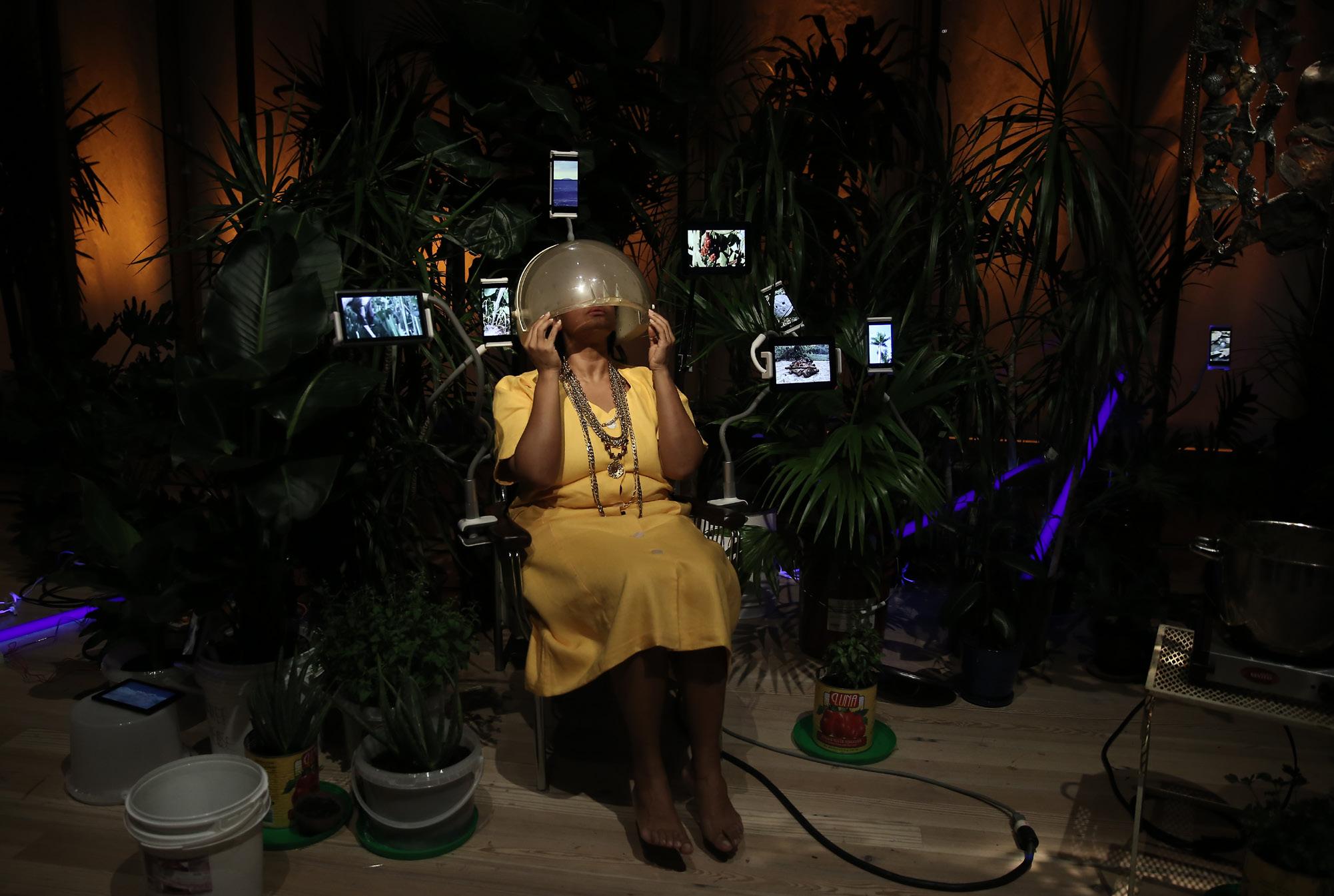 Ilustraciones de la Mecánica, 2016-19 installation view
Photograph © 2019 Paula Court
Ilustraciones de la Mecánica, 2016-19 installation view
Photograph © 2019 Paula Court
Ilustraciones de la Mecánica, 2018 performances & mixed media installation
10th Berlin Biennale, Curated by Gabi Ngcobo Volksbuhne Pavilion, Berlin, Germany
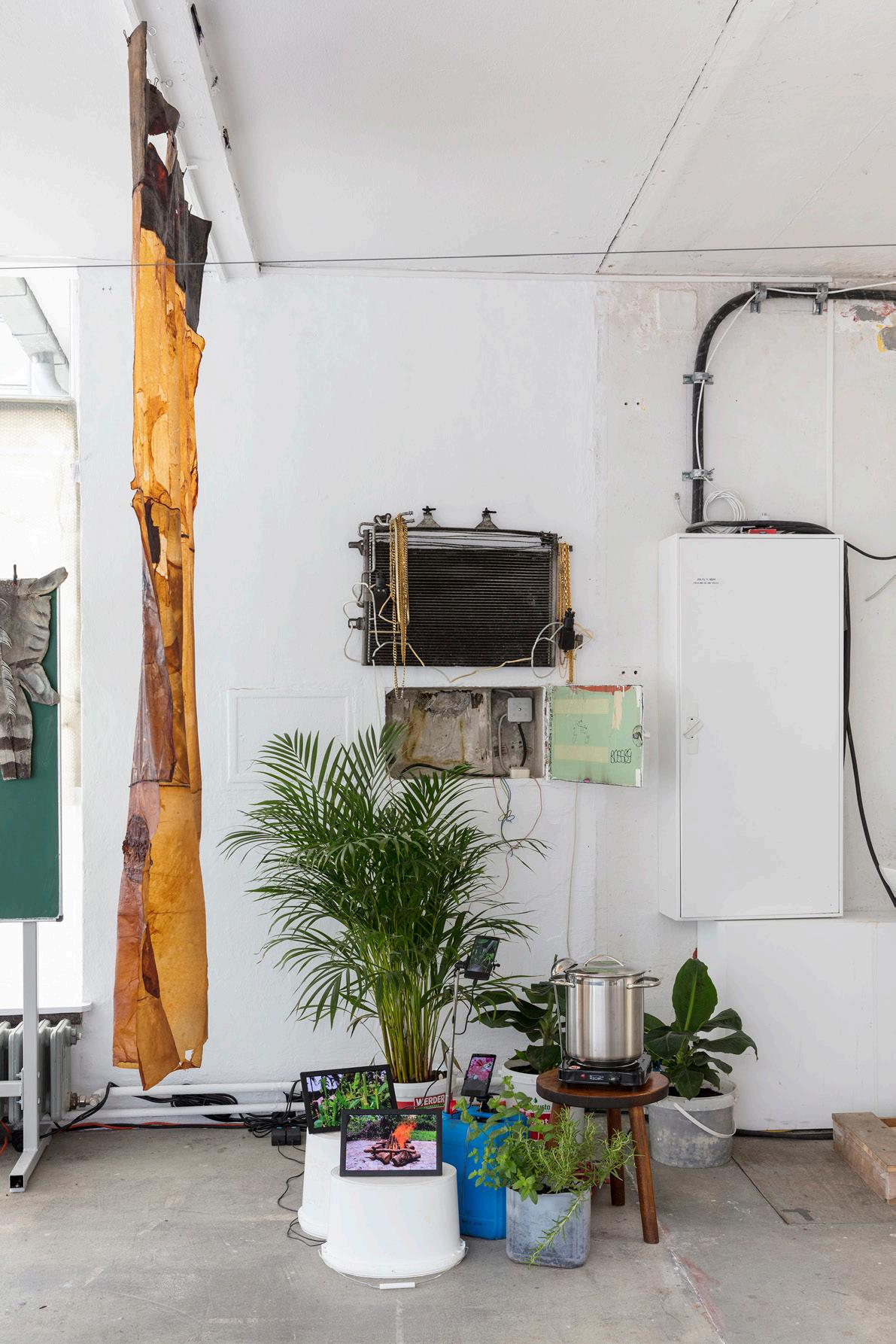
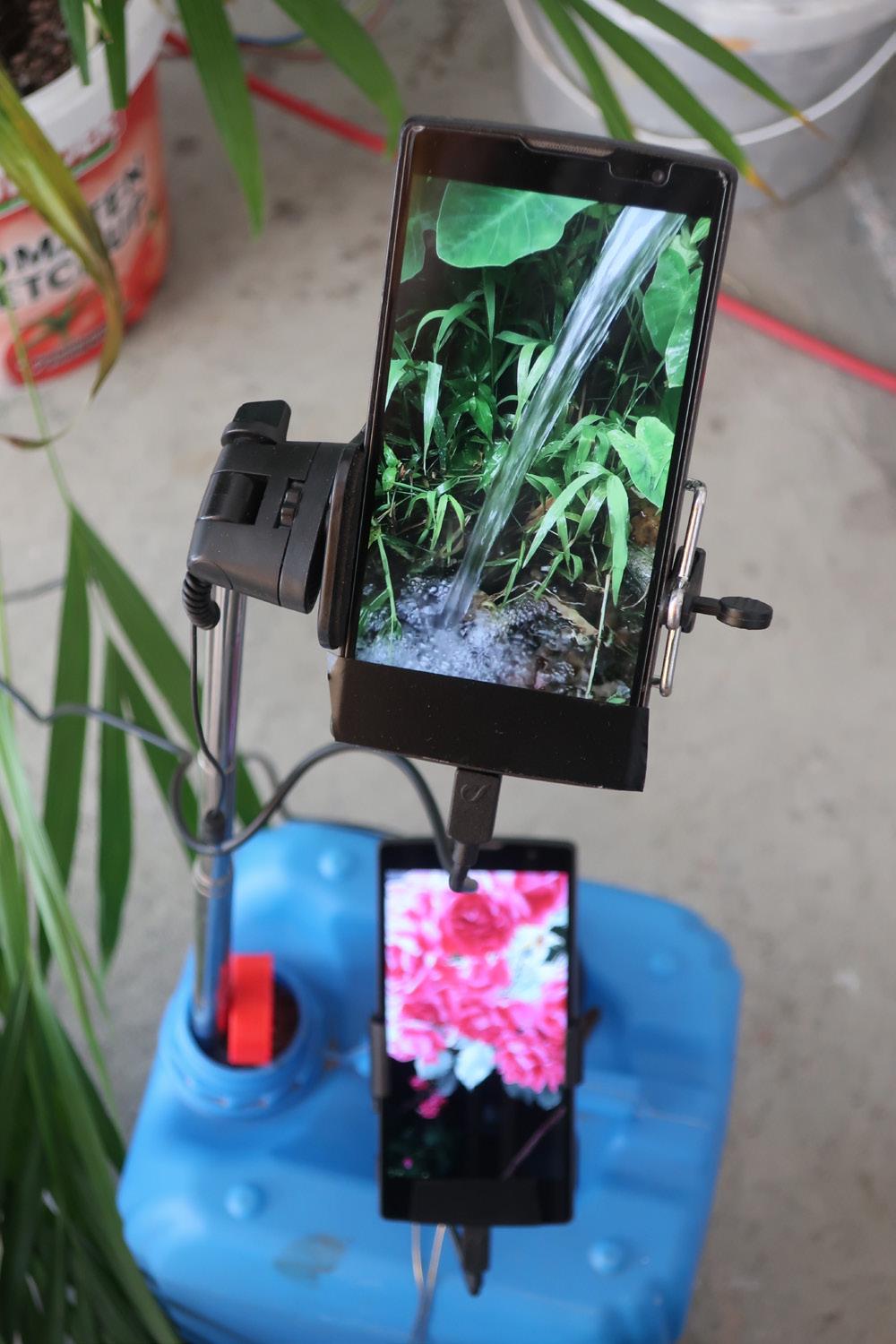
Ilustraciones de la Mecánica, 2016–18 installation view Volksbuhne Pavilion, 10th Berlin Biennale for Contemporary Art Photograph © Lisa Soto
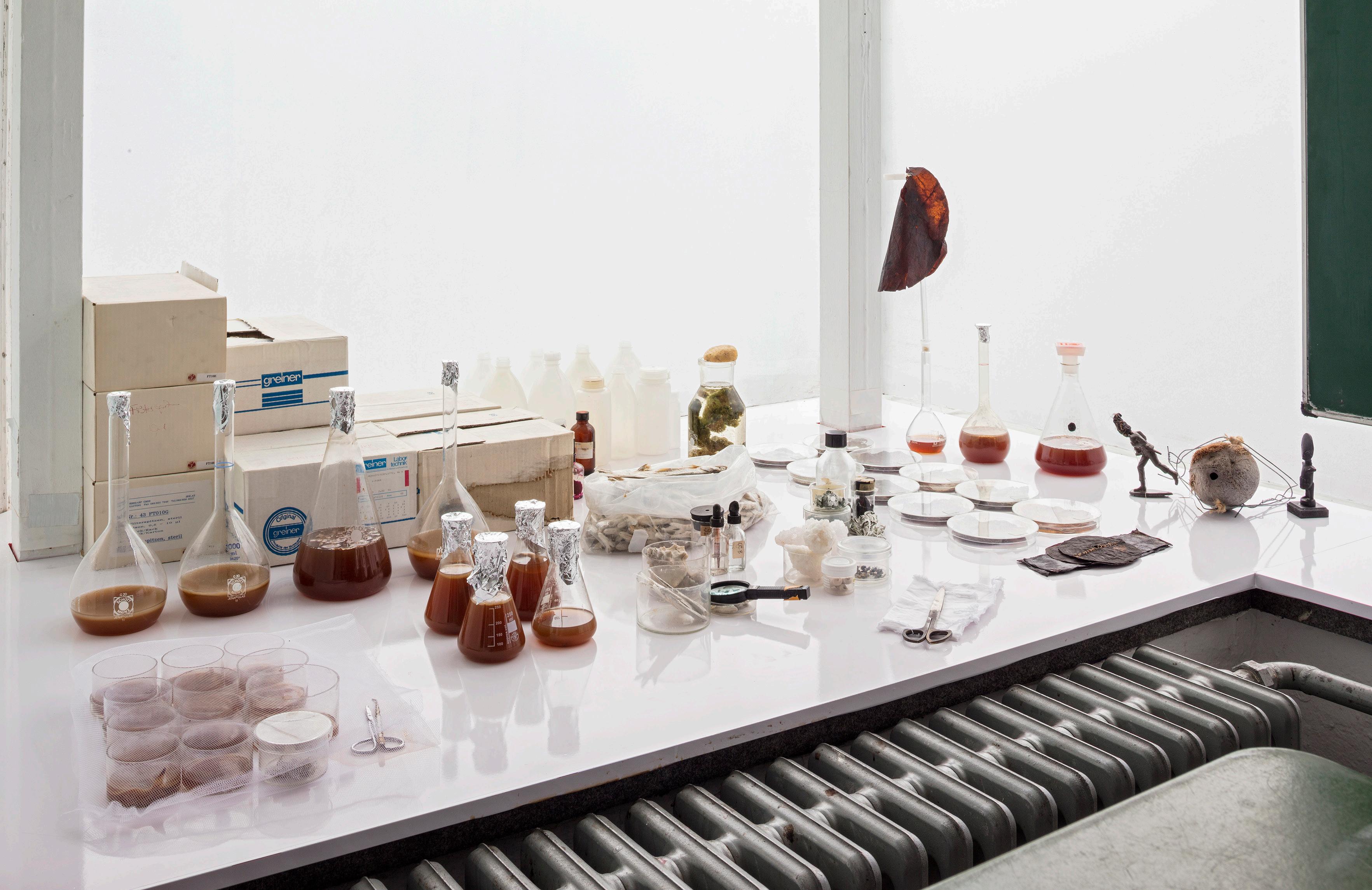
Ilustraciones de la Mecánica, 2016–18
Installation View, Volksbuhne Pavilion, 10th Berlin Biennale for Contemporary Art Photograph © Timo Ohler
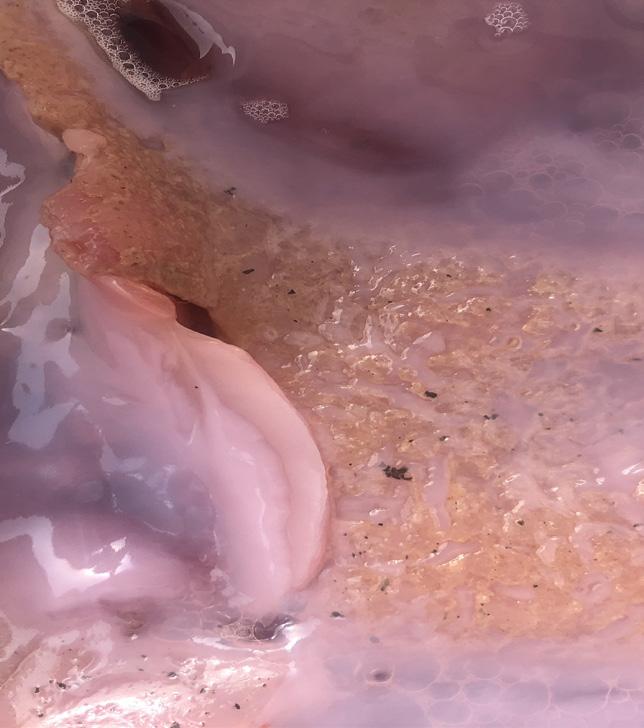
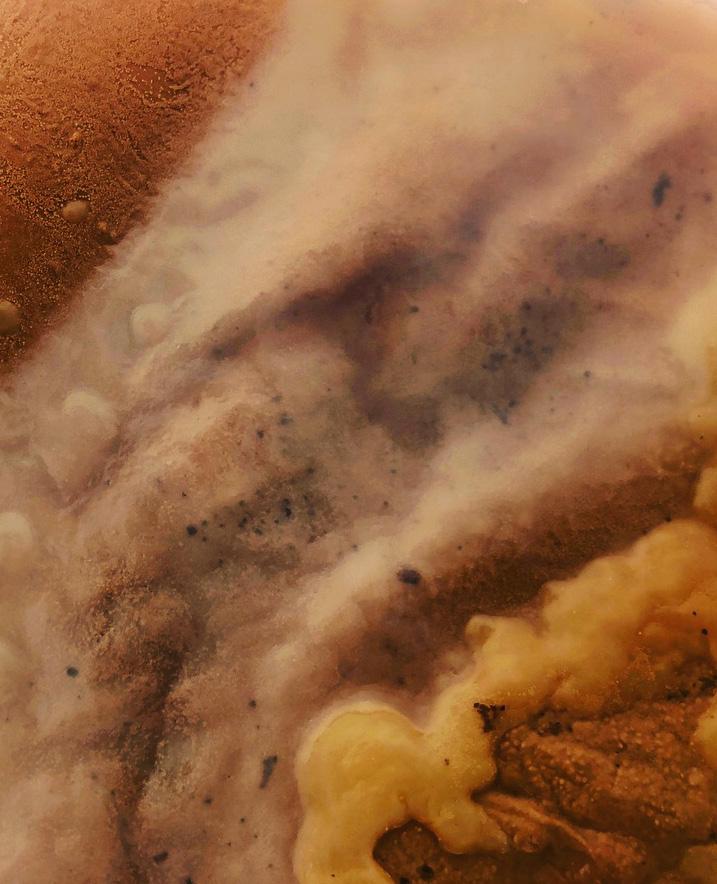
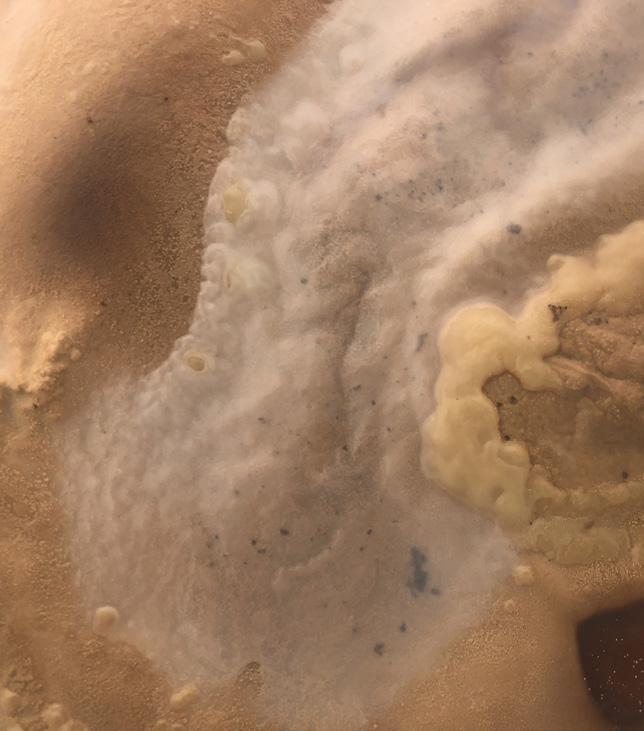
Sample of symbiotic culture of bacteria and yeast from vegetable leather (2018)
FOODTOPIA: en el suelo aspero, 2022
Posibles Escenarios Vol. 1 LNN, Artists Space
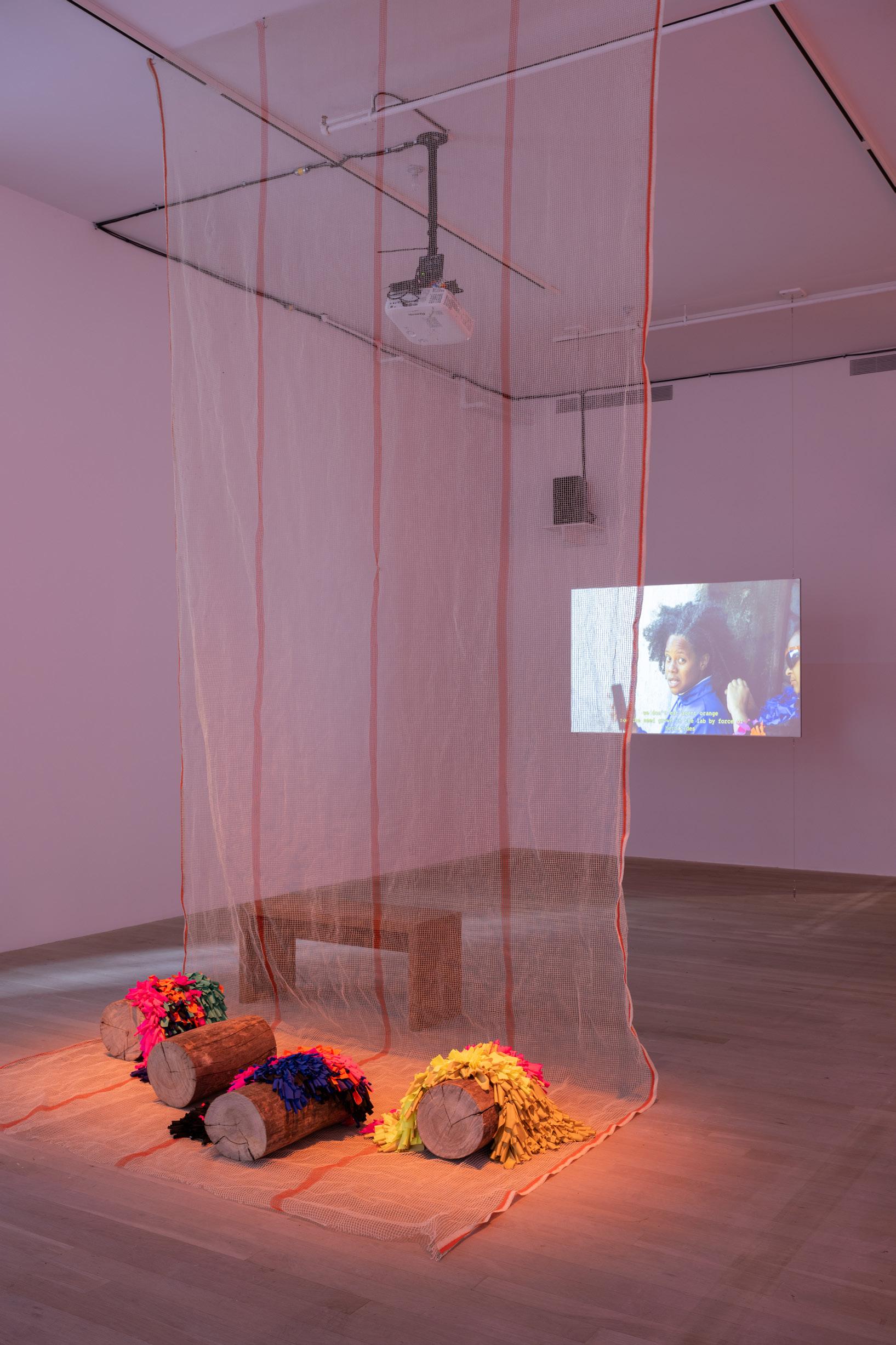 Photograph © Filip Wolak
Photograph © Filip Wolak
Stills from FOODTOPIA: en el suelo áspero, 2022 digital film
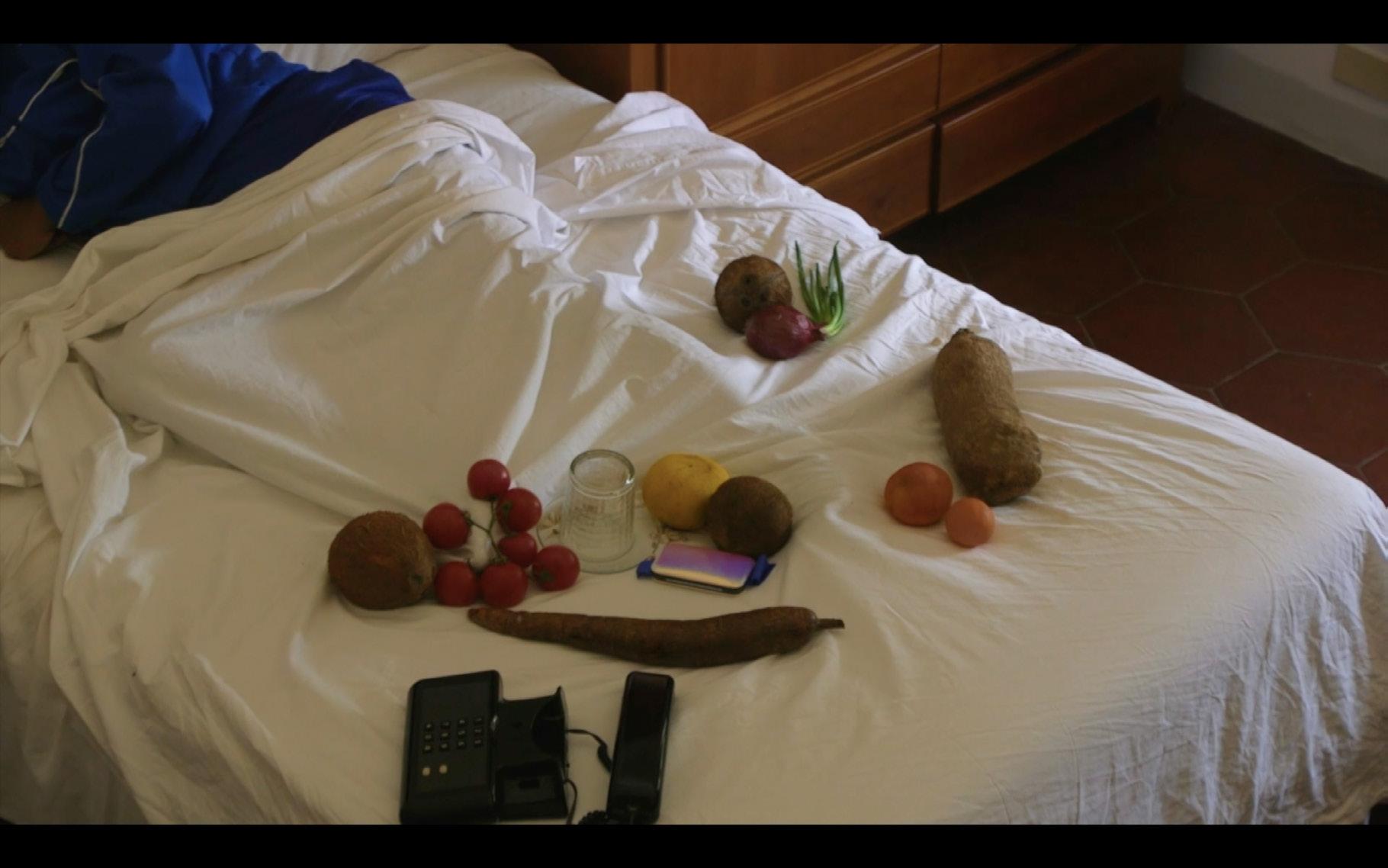
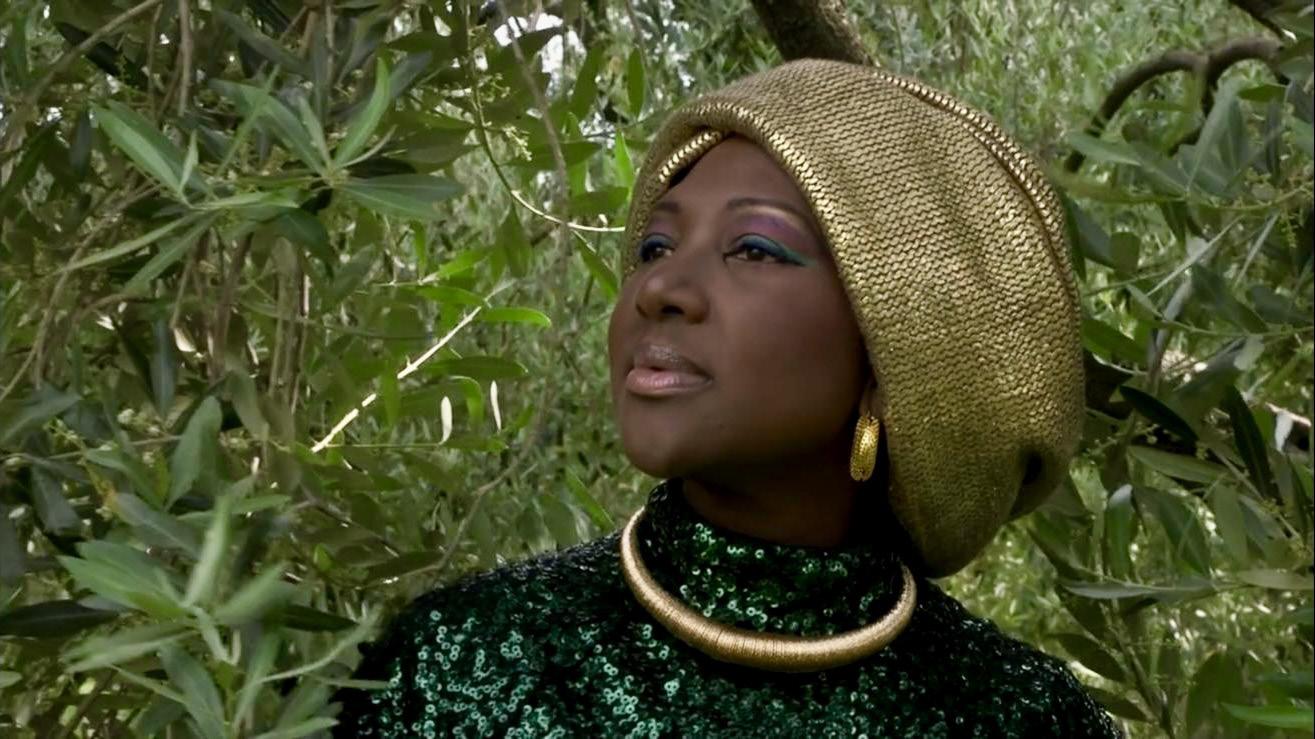
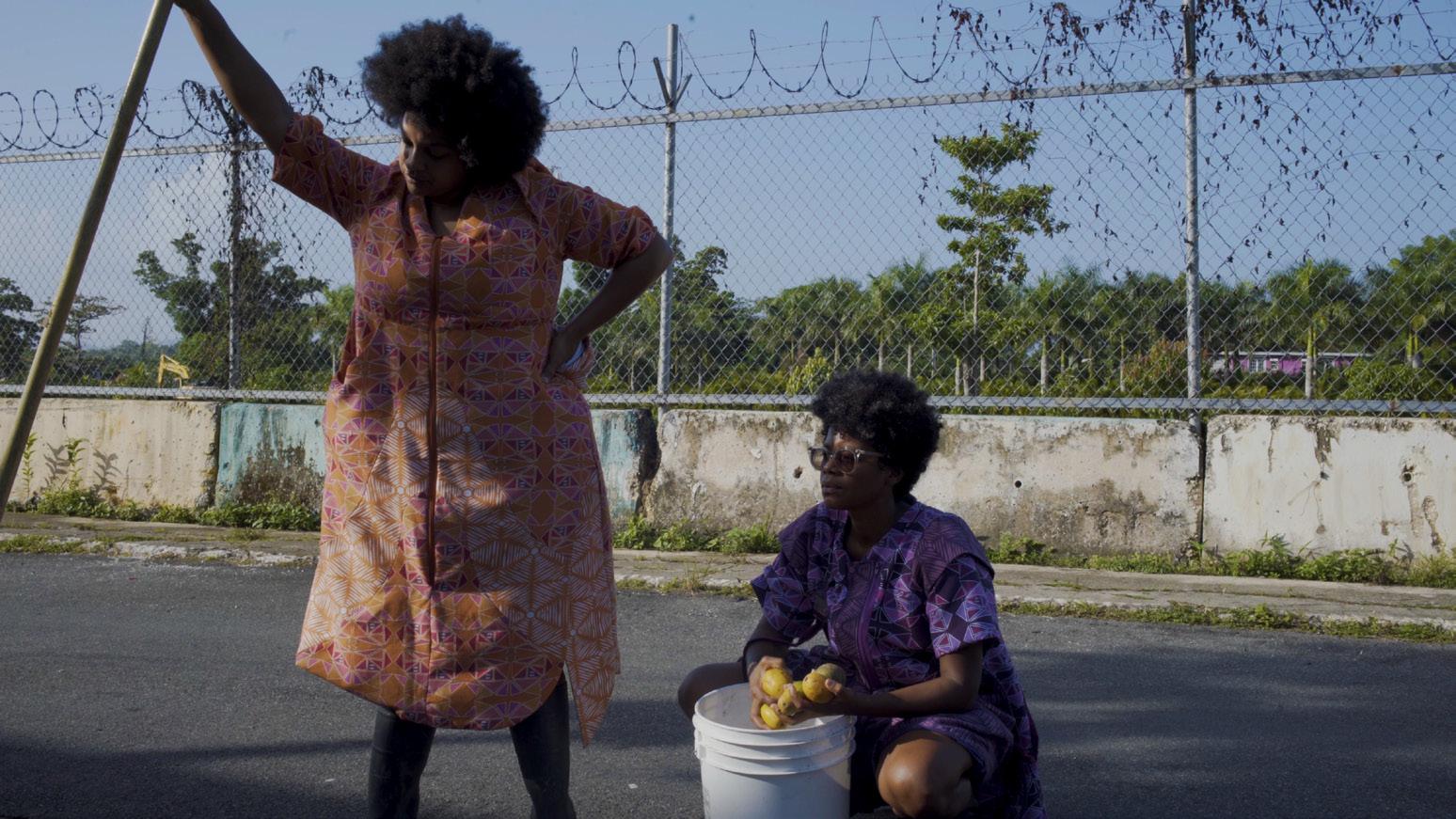
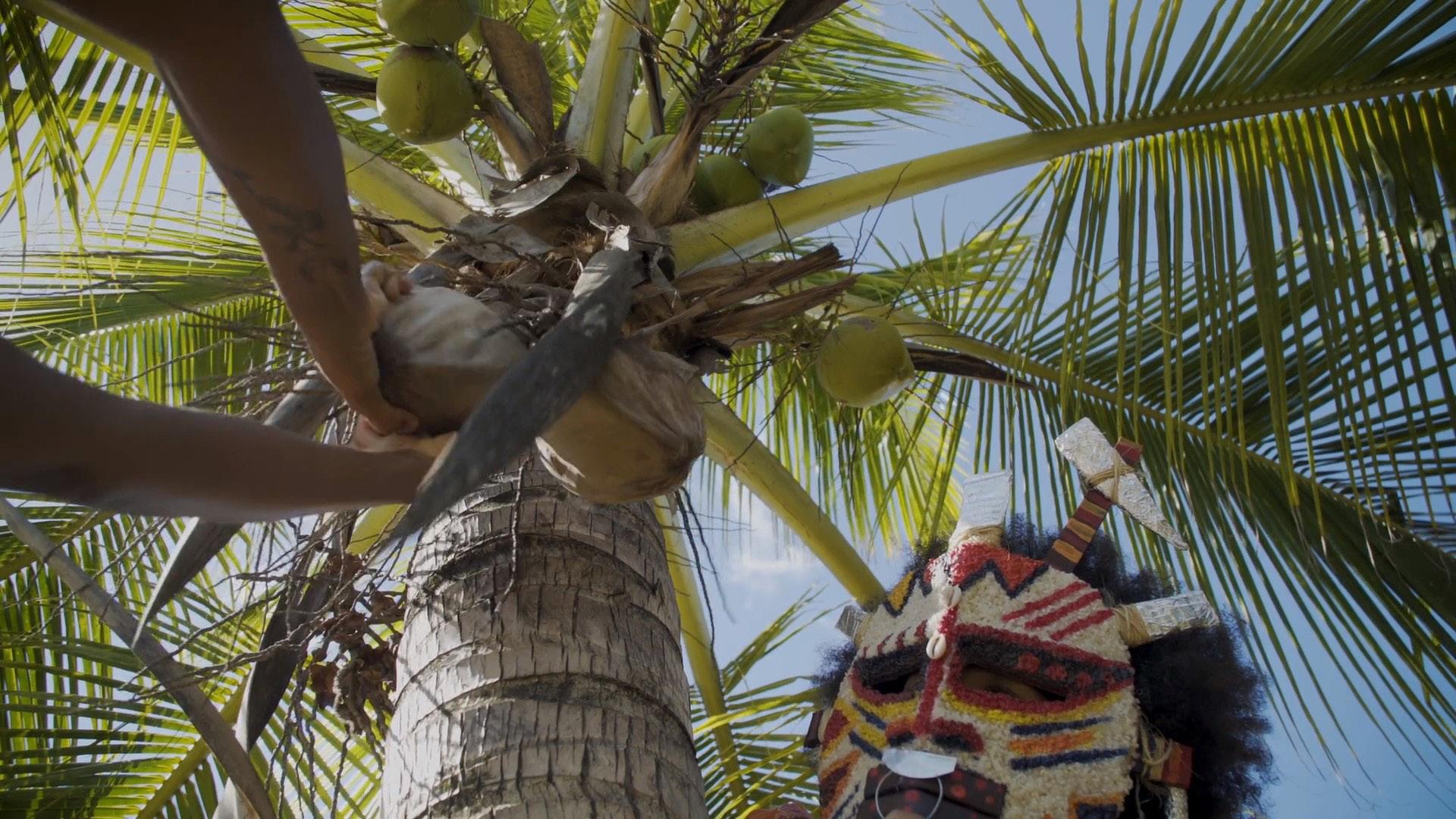
FOODTOPIA: después de todo territorio, 2021 digital film
27:54 minutes
The video piece, FOODTOPIA: después de todo territorio, is part of a larger multimedia project where Las Nietas de Nonó explore the topic of over-industrialization of food and harvesting in the Caribbean. Mulowayi & Mapenzi are shown confronting and reflecting upon the history of industrial violence by exploring the Blasina stream, a natural space threatened by development and water extraction located near their home in the San Antón barrio. This film & durational performance hybrid piece demonstrates the siblings walking through abandoned buildings and streams filled with debris, harvesting wild fruits such as coconut and starfruit, hunting an invasive species of iguana, and cooking a meal with the gathered food. These moments were captured during peak pandemic times, where supermarkets and other public spaces were considered places of infection and danger. In their search for the ideal “foodtopia”, Las Nietas de Nonó reflect upon the conditions of both utopia and dystopia that they have to face as inhabitants of an island-colony.
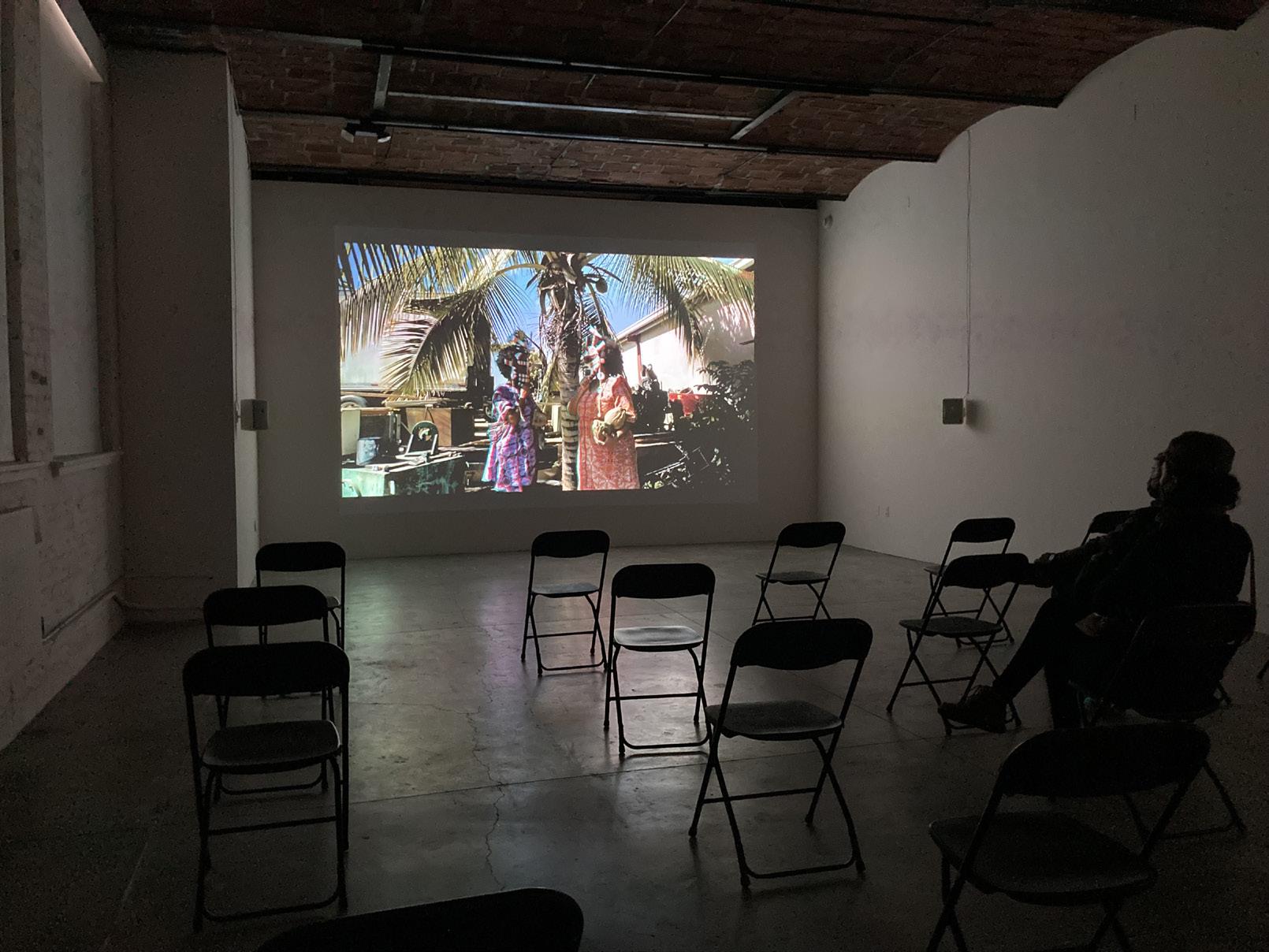
FOODTOPIA: después de todo territorio
Greater New York, MoMA PS1
Group show curated by Ruba Katrib, Serubiri Moses, Kate Fowle, Ines Katzenstein
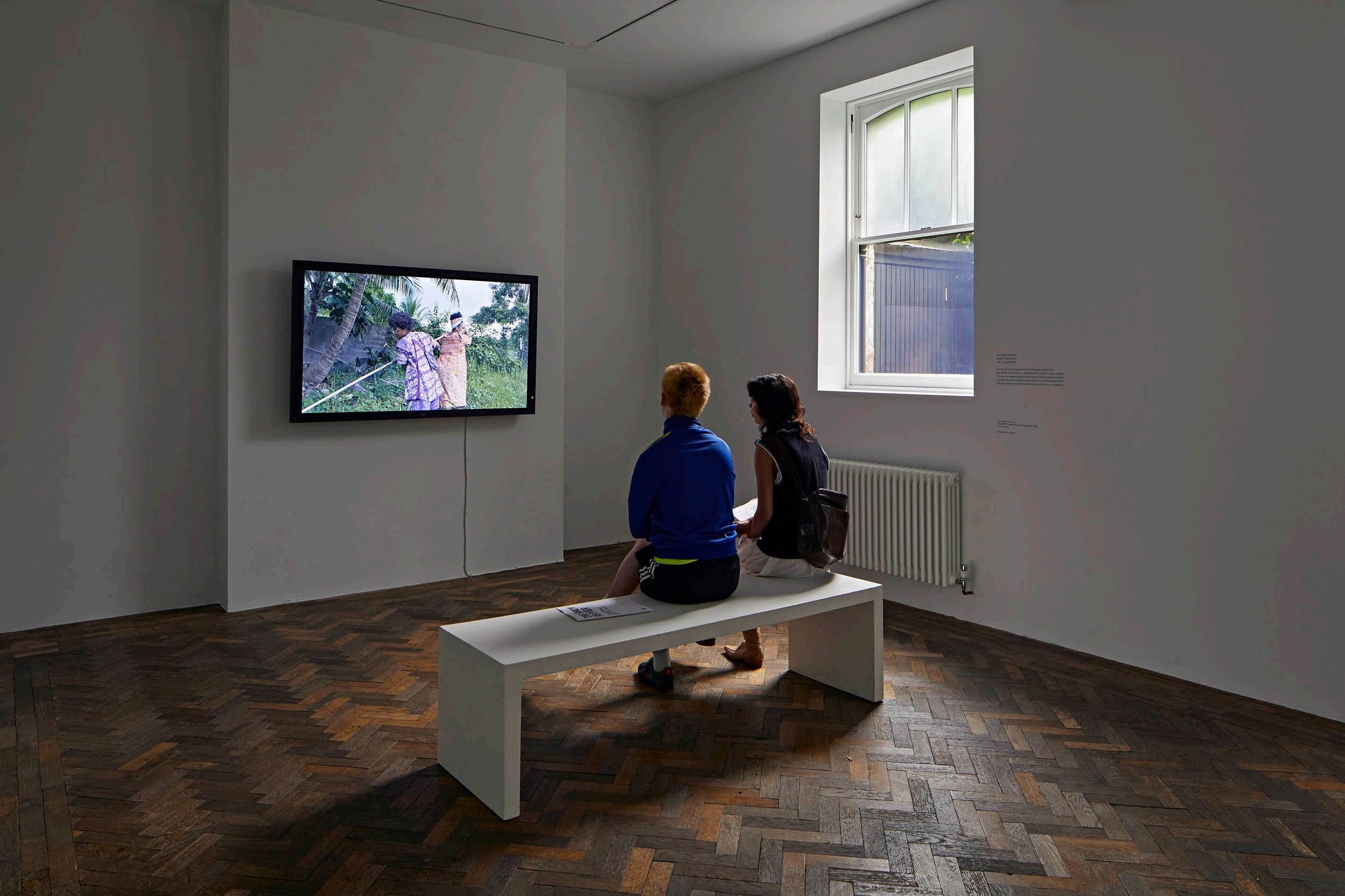
FOODTOPIA: después de todo territorio
The Show Is Over, South London Gallery
Group show curated by Gabi Ngcobo in dialogue with Oscar
MurilloFOODTOPIA: después de todo territorio, 2020 multimedia project, digital photography installation view
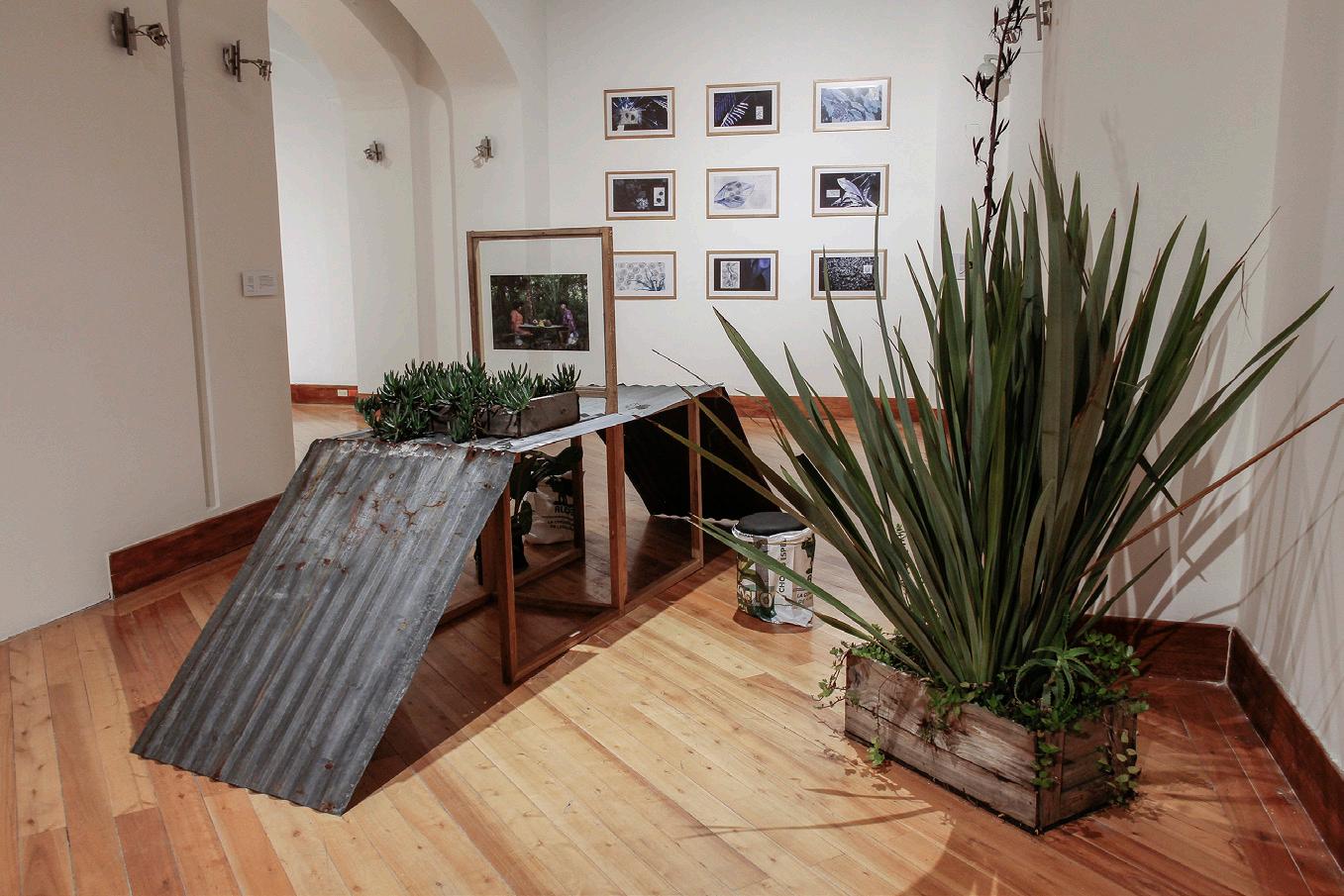
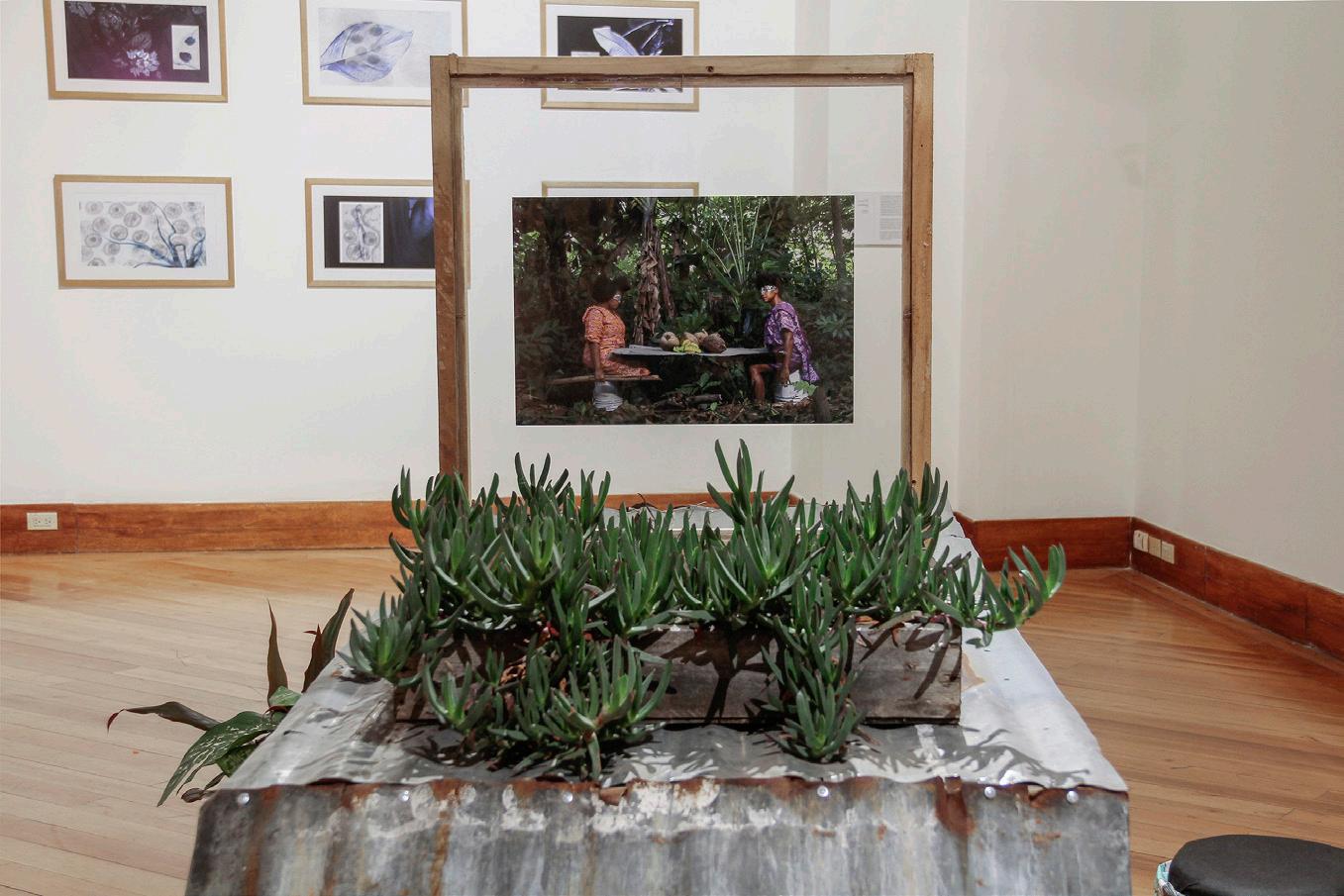
FOODTOPIA: después de todo territorio, 2020
This multimedia project is documented with photos, video and are performative and ritualistic events. It is an exploration of food sustainability. This series of image is the most recent iteration of FOODTOPIA, “después de todo territorio”. Las Nietas de Nonó worked on production and costume design to accompany this research project. This version of FOODTOPIA speaks on the over-industrialization of food and harvesting. This series of images were taken in the Blasina stream, a natural space threatened by development and water extraction. The fruits and objects were found in the area as part of their daily walks in recognition of space.
Raiz, CAC Quito, Ecuador Group show co-curated by Eduardo Carrera and Jorge Sánchez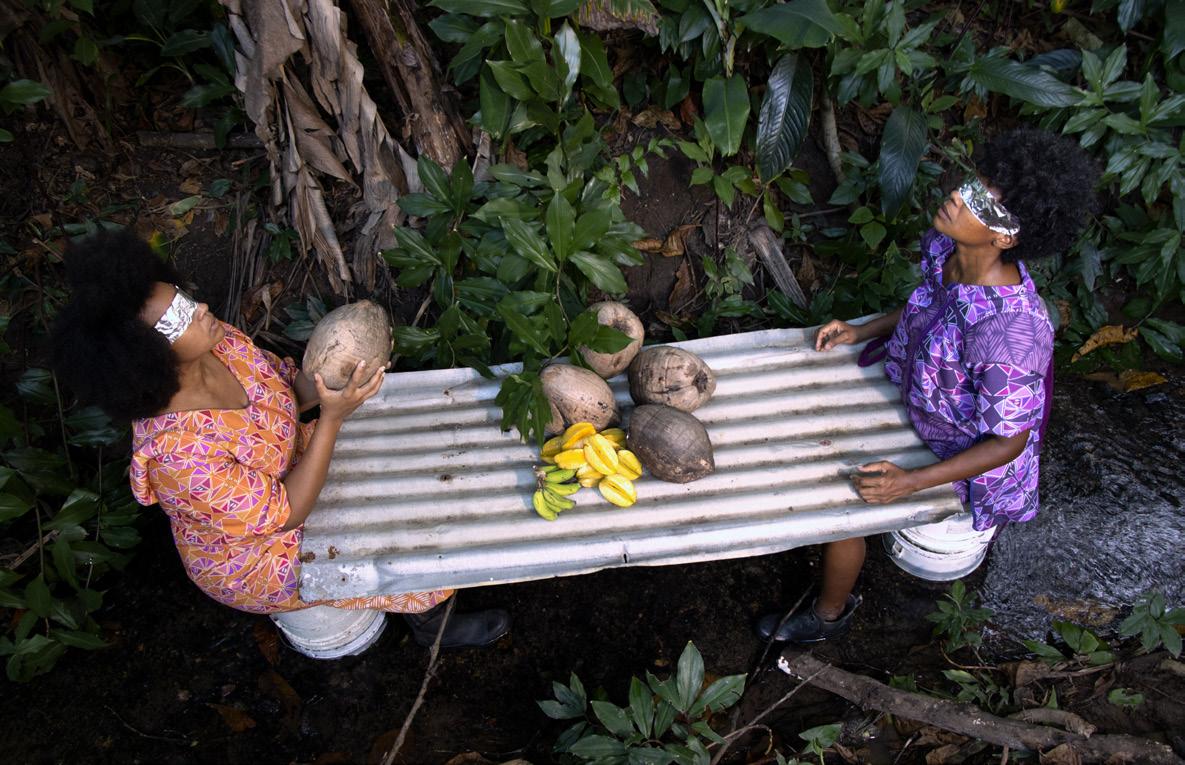
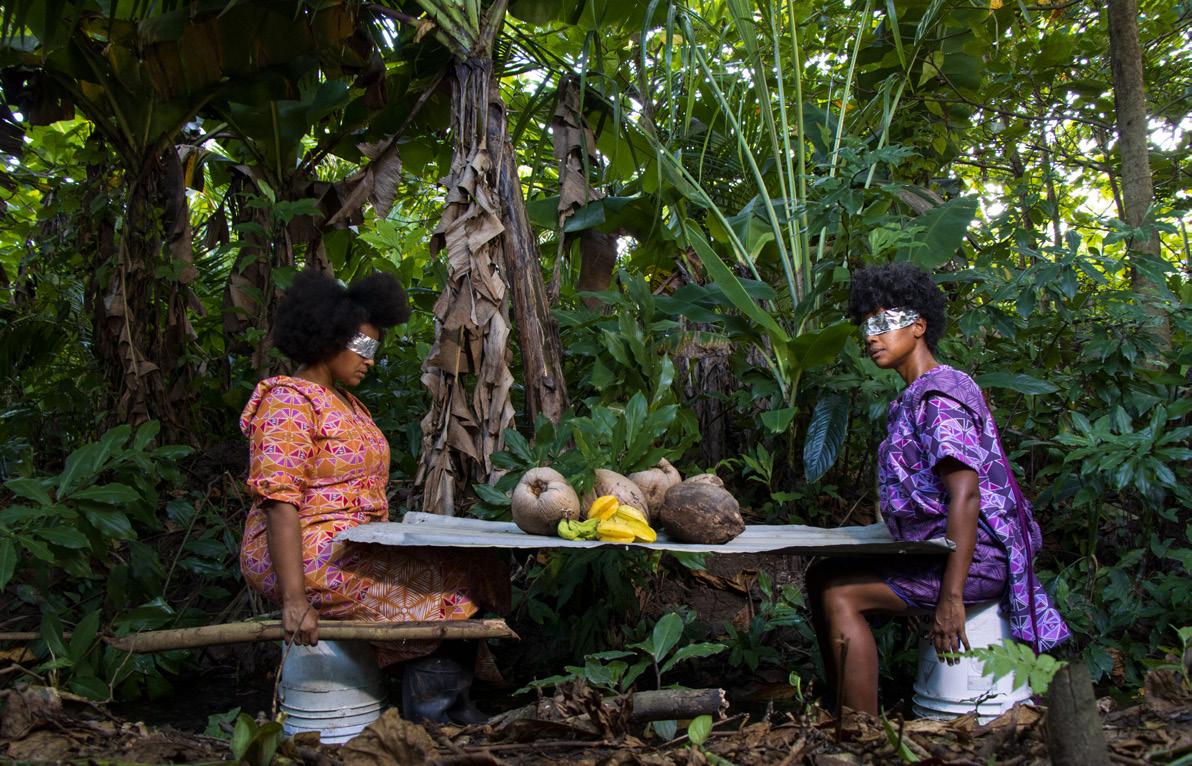
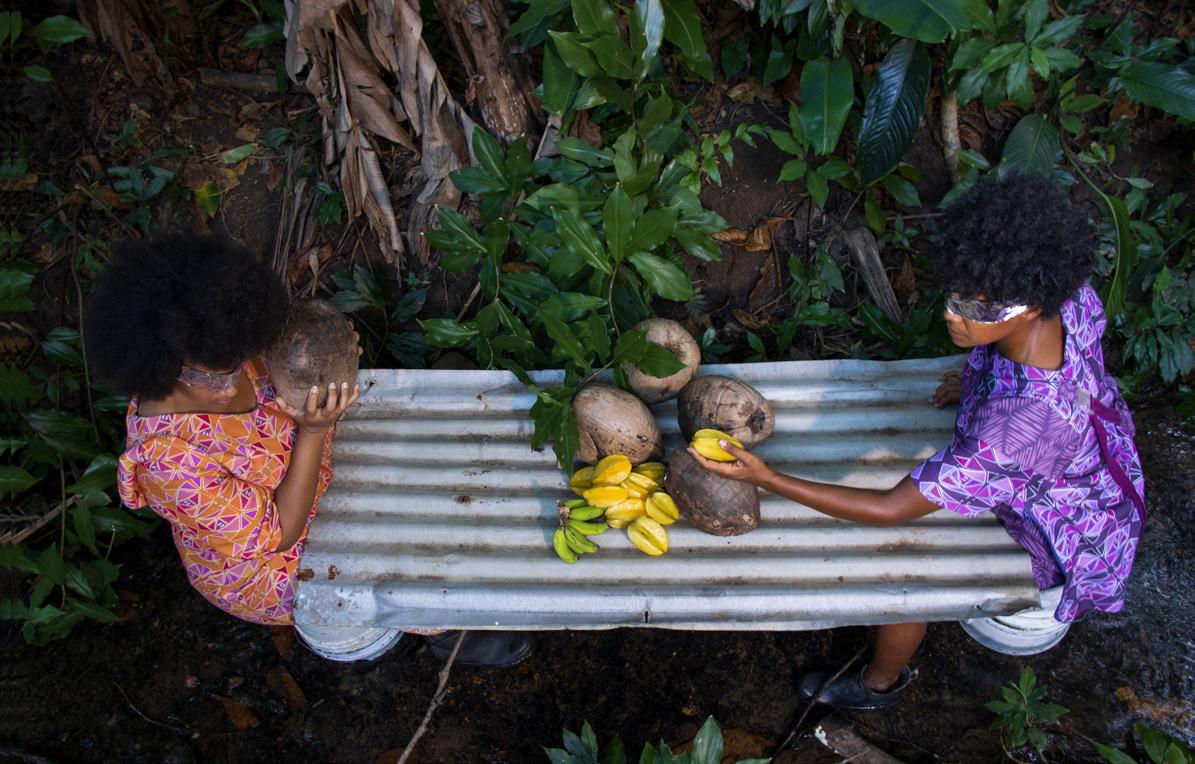 FOODTOPIA: después de todo territorio, 2020 digital photograph
FOODTOPIA: después de todo territorio, 2020 digital photograph
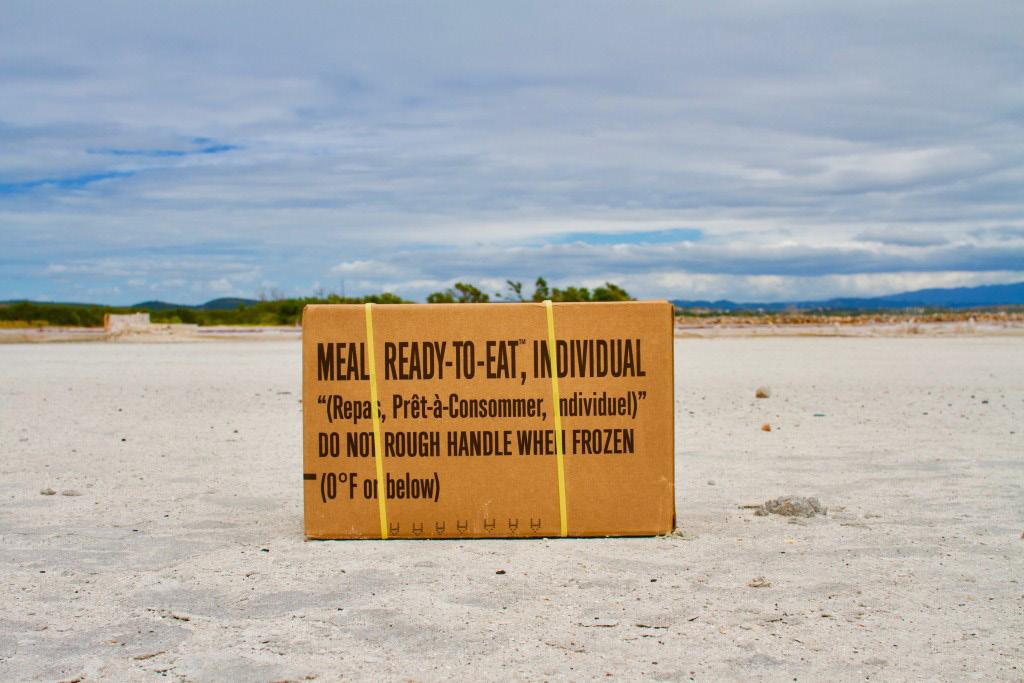
FOODTOPIA: Meal. Ready to Eat (2018) Part of FOODTOPIA: Demonstrations During Hunting Season Digital photograph, 16 x 24 in
Preparasyon ke mankai fiwa ba la guerra, 2021
Visualizing/Performing Blackness in the Afterlives of Slavery: A Caribbean Archive online group exhibition curated by Danielle Roper
Preparasyon ke mankai fiwa ba la guerra is a multimedia project of fictional autobiography. In this current piece, it includes photography, sound, and text. The project arose out of a performative exploration in the artist’s residency CRITICAL BREAKS at Hi Arts in Harlem, NY (2019). For Visualizing/Performing Blackness in the Afterlives of Slavery: A Caribbean Archive, we realized a photographic series in a collection center of the neighborhood of San Antón, Carolina that manifests the displacement and accelerated industrialization of our community. The landscape of our familial plots of land, cultivated by our ancestors, changes dramatically with the takeover of these grounds by the metal industry, water extraction, automotive residues, and the accumulation of used tires. In this dimension, we explore the dynamics of environmental racism. With this scenario of the tire center, we present the characters of Ayín and Yenza as they travel in time to detect the magnitude of the problem of accumulated tires in the community of Guaru.
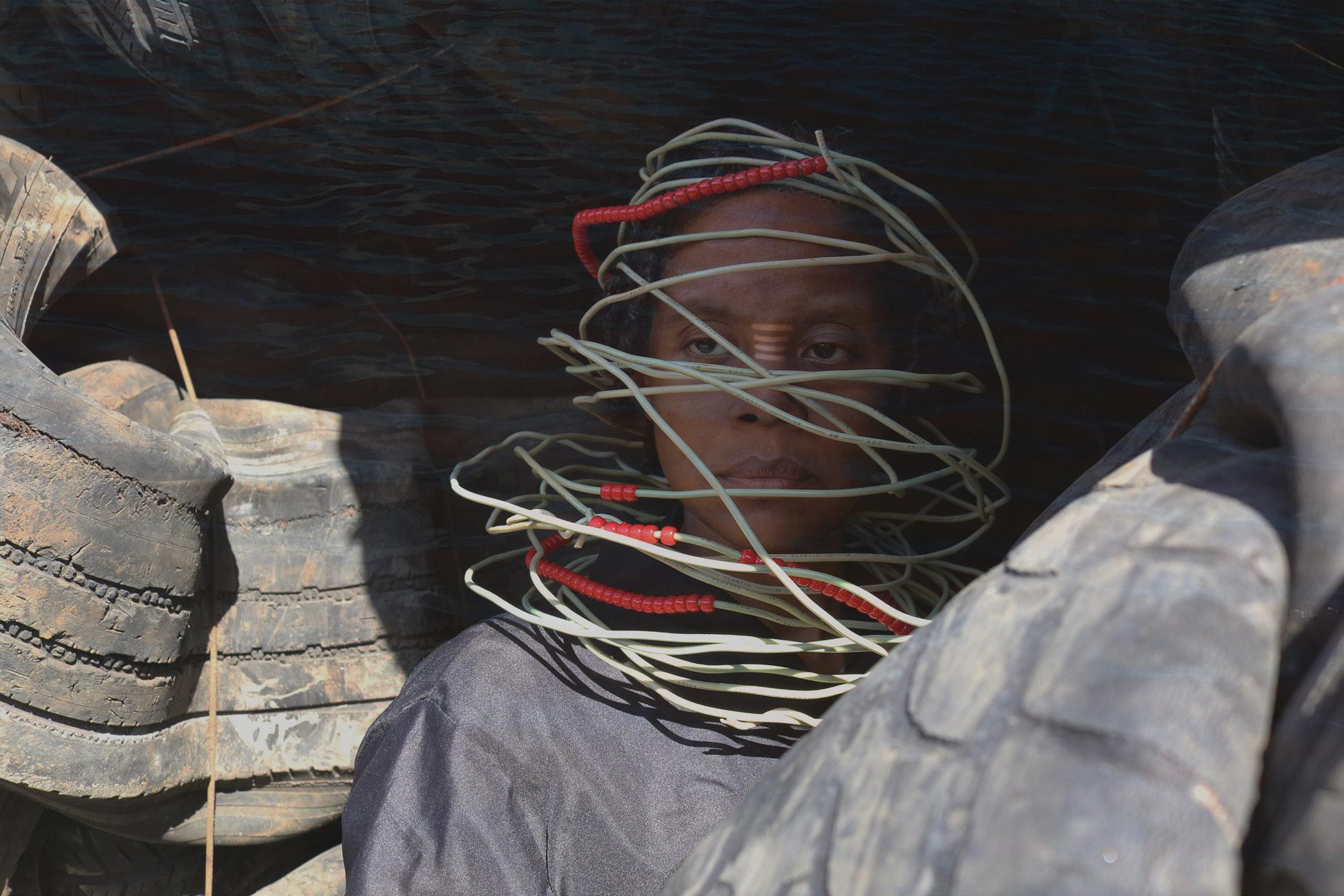
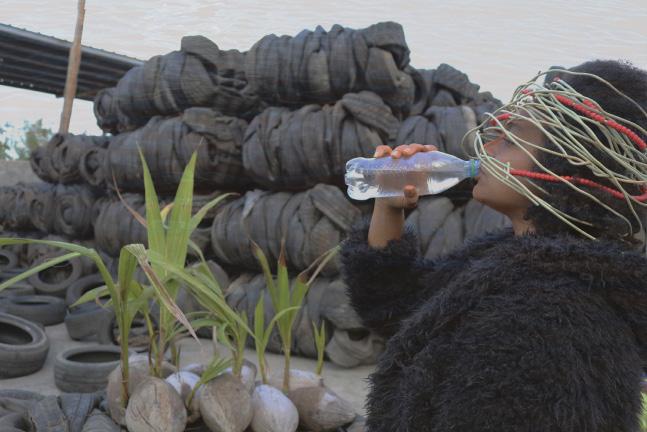 Preparasyon ke mankai fiwa ba la guerra, 2021 multimedia project, digital photography
Preparasyon ke mankai fiwa ba la guerra, 2021 multimedia project, digital photography
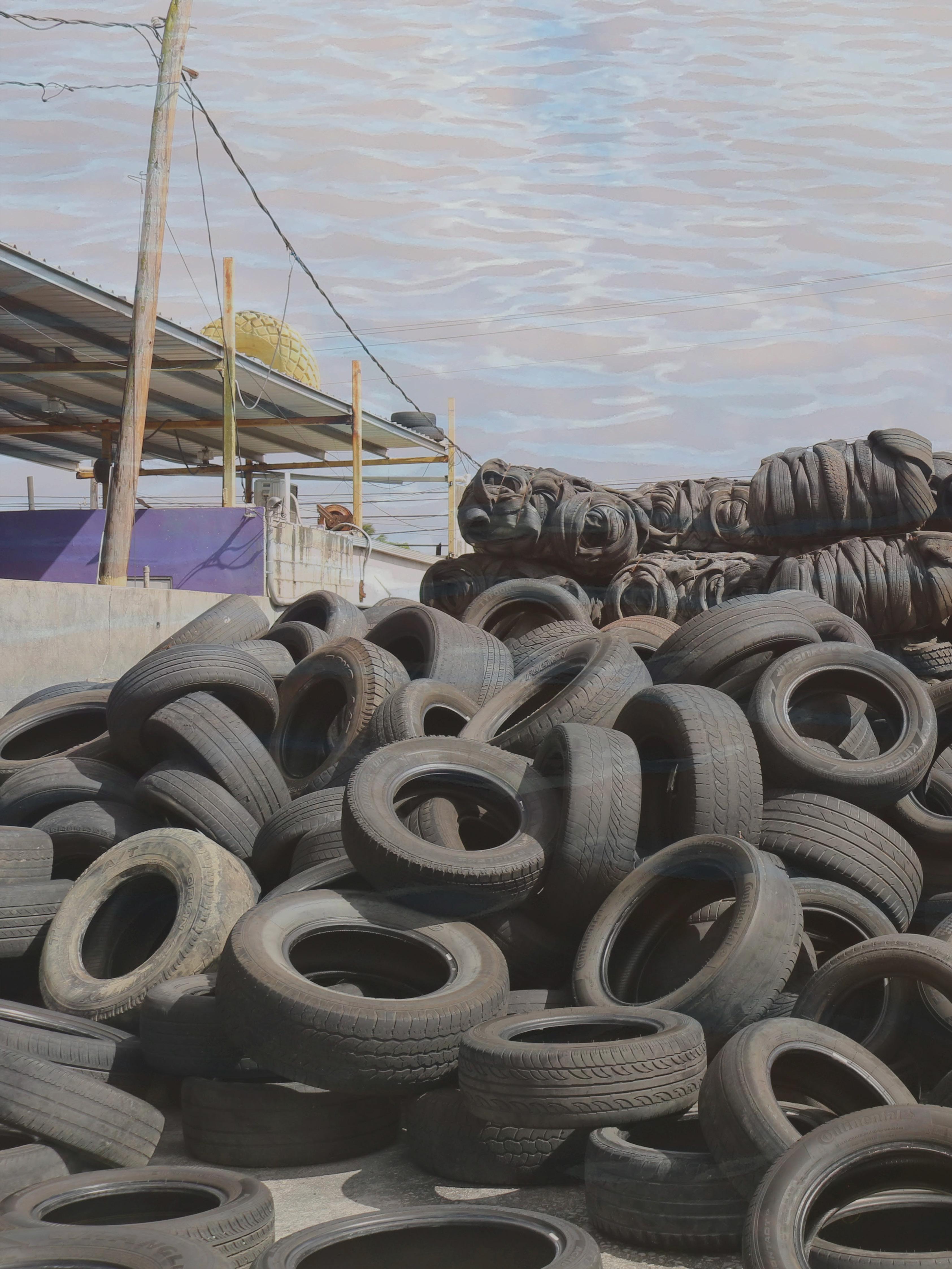
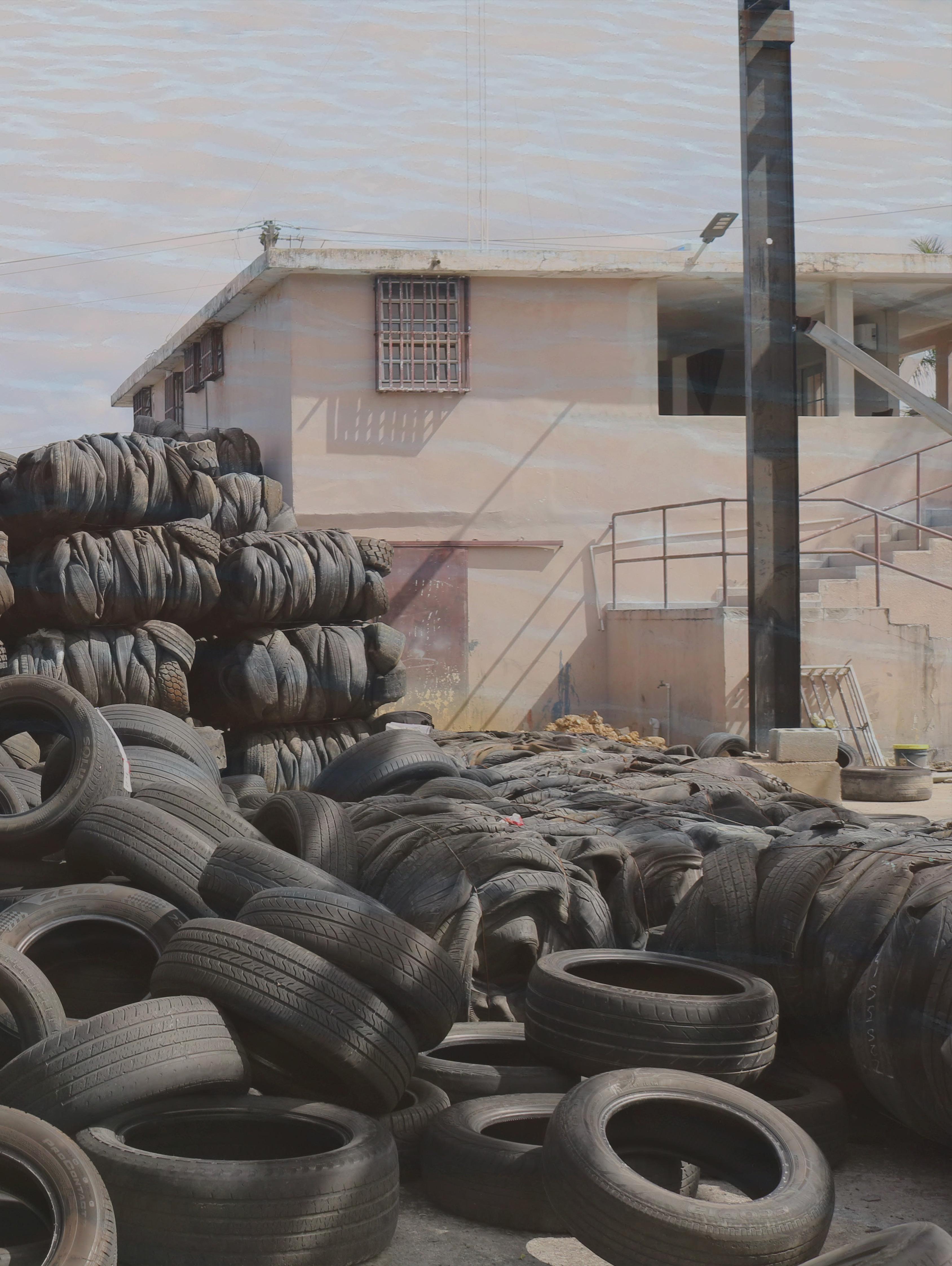
Interpretaciones de la Sal, 2016-2020 digital video 12:26 min
The piece is a video of salt flats of Cabo Rojo, Puerto Rico. It is a visual and sonic exploration that interprets the mysteries of a place that has a history of extraction and exploitation of its resources. Mapenzi nonó is shown using their body to interact with the salt flats, pointing to a physical labor involved in the history of slavery and colonization. The video is a precursor of our venture into filmic and cinematographic techniques.
Today, Cabo Rojo is still used for commercial salt extraction by a private operator, though the property is owned and operated by the U.S. Fish and Wildlife Service. Las Nietas de Nonó’s Interpretaciones de la Sal points to the physical labor involved in slavery and colonization.
Interpretaciones de la Sal, 2016 digital video still 12:26 min
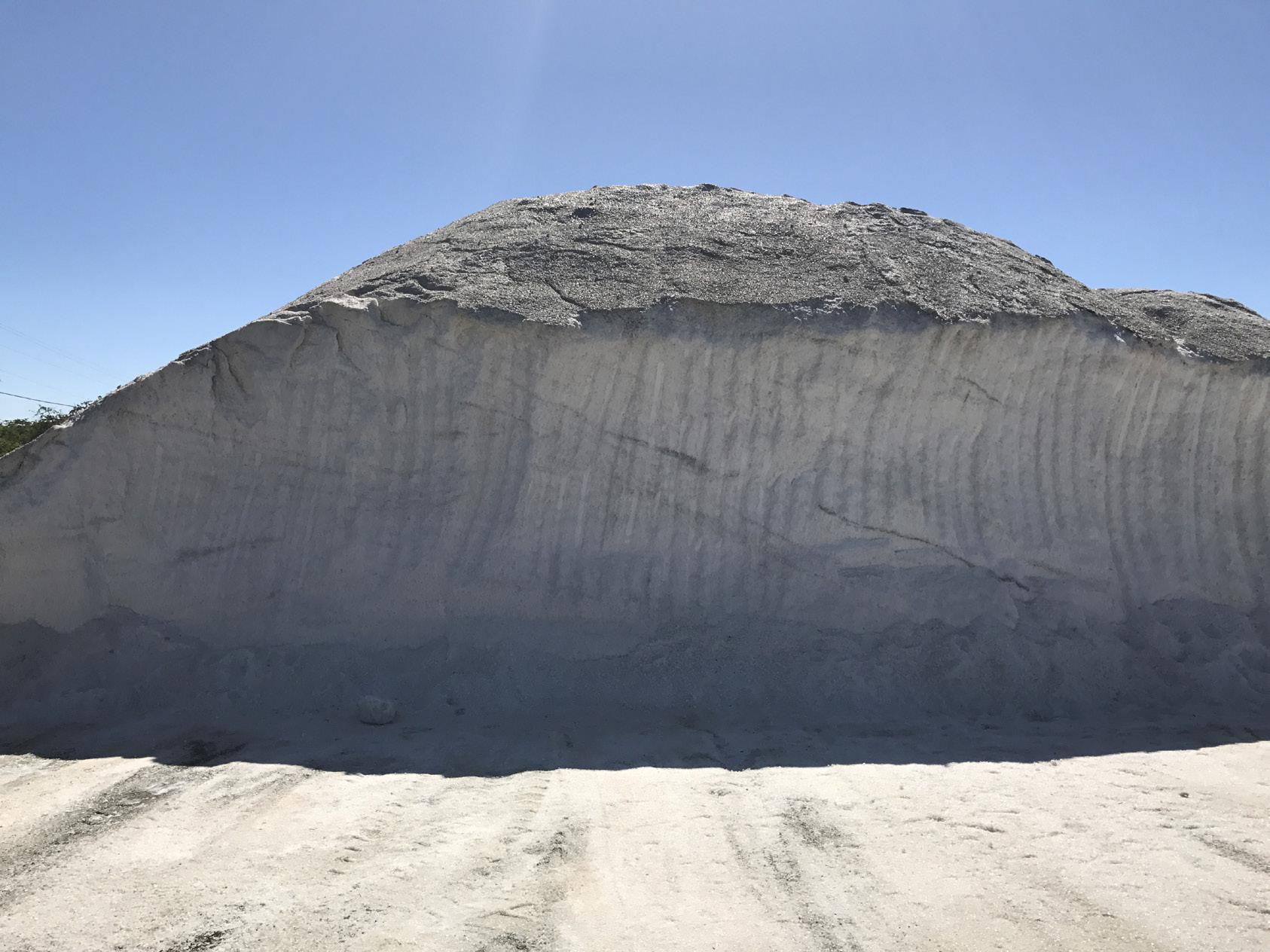
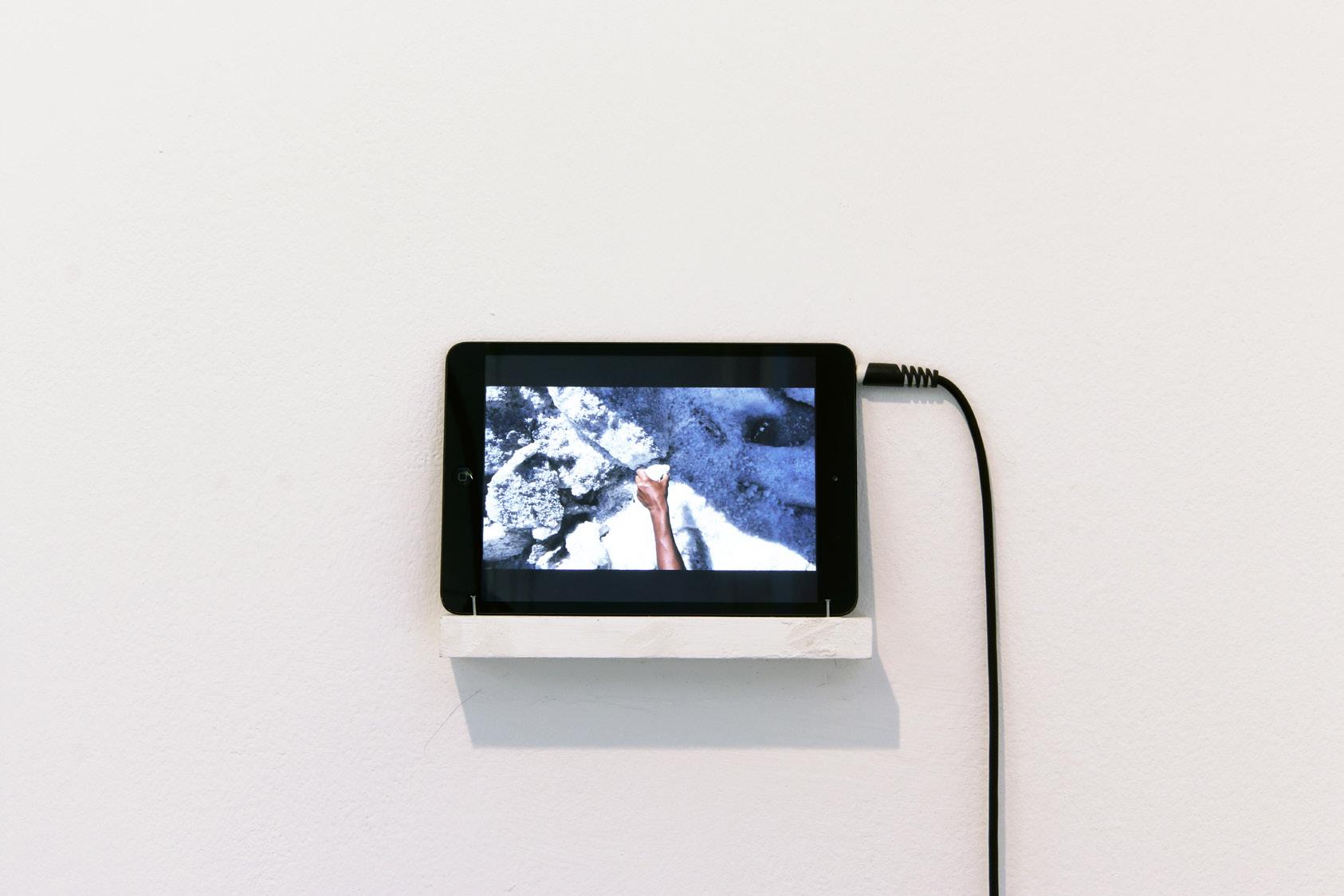
RE: Respite installation view
Group show curated by Alaya & Thulani Transmission Gallery, Glasgow, Scotland, UK
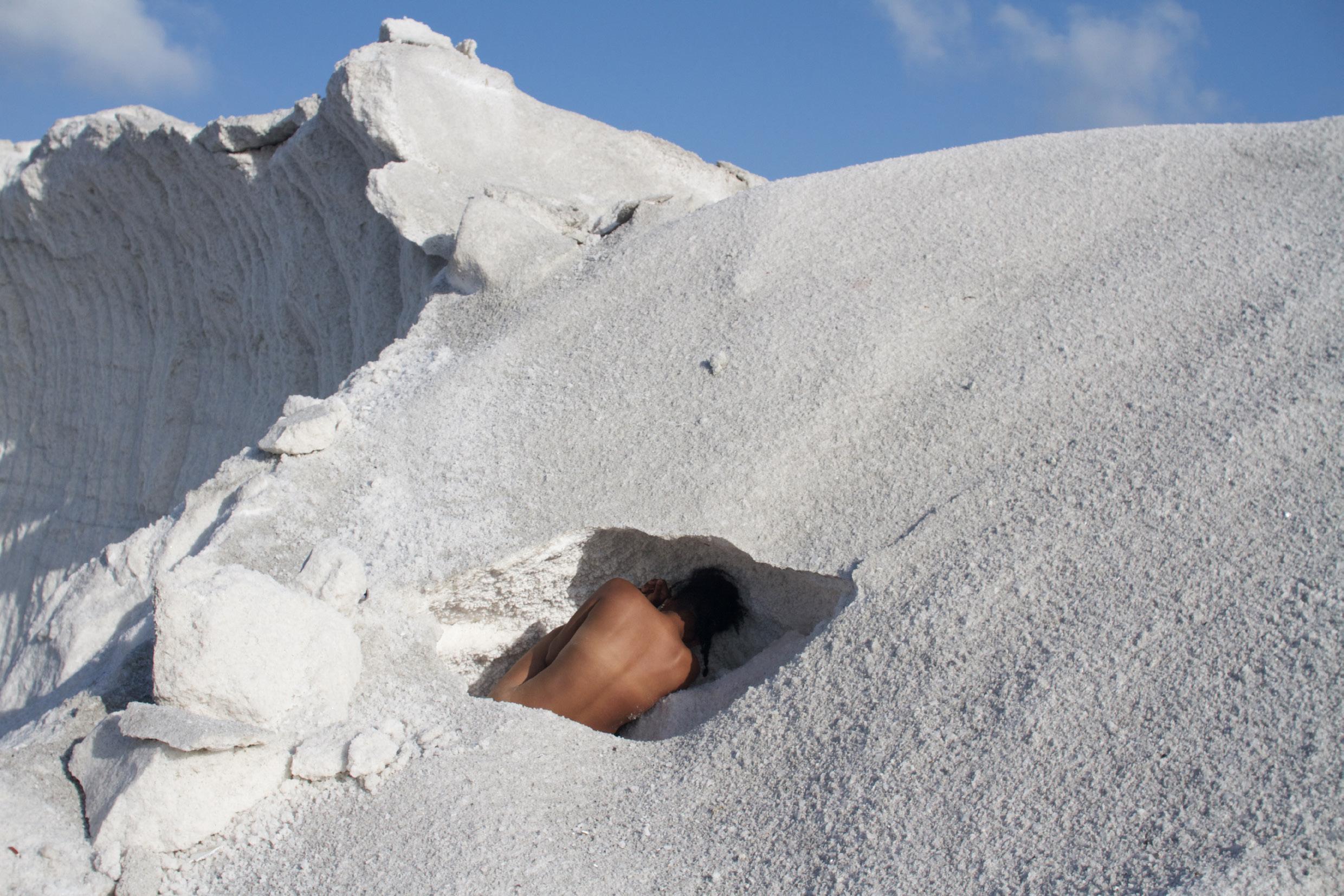
En el lugar de la sal, 2018 digital photograph
This photograph is a continuation of the Interpretaciones de la Sal project. Pictured is a Black queer body nested in a fetal position in a Cabo Rojo salt flat. It is the joining of human and environmental exploitation brought by colonialism.
